|
Army Men: Turf Wars is the last of the three Game Boy Advance Army Men games. I've read that some fans consider Turf Wars to be the best of the series (at least on handheld), and I thought I might agree with that at first. A lot of the game really is quite excellent, but almost immediately, the flaws became apparent, and those flaws are so glaring that they sadly overshadow the positive aspects of the game. Turf Wars, like Army Men Advance did, features Sergeant Hawk as the protagonist. Unfortunately the characterization of Hawk and Colonel Grimm is even more botched in this game than in Advance. They play up the paternal attitude that Grimm has towards Hawk WAY too hard. They also make Hawk's character far too flippant for my taste. He acts like a kid going to the playground rather than a soldier going to war. While he's always been a bit of a goofball in the games, this takes it to a new level. Visually the game looks pretty good. I still prefer the more traditional look of Operation Green, personally, but I don't have any real gripes with Turf Wars. There were a few occasions of slowdown, but nothing like the Game Boy Color entries in the series. They were more hiccups than true impediments to gameplay. Sound effects were all appropriate and fitting for the weapons and action on screen, but the music is a major weak point in the game. It does not have the feel of a war game. It's upbeat, cheerful, and jovial. That's not bad in itself, but it's about as far from fitting for an Army Men game as one can get. As bad as the music is, and as awkward as the characterization is, the game's worst offense is, without a doubt, the controls. The control in the game is HORRIBLE. The movement controls are cumbersome and feel completely unnatural; it took me into the third mission probably to be able to control Hawk's movement even halfway decently. The vehicle controls aren't any better. You can drive tanks and jeeps, but if you're moving at all when you try to shoot, it will start turning your cannon/turret instead of your vehicle making it extremely difficult to move and fire simultaneously. That, in turn, makes it extremely difficult to avoid damage while trying in a vehicle. Turf Wars was, apparently, developed with an emphasis on local multiplayer. I wasn't able to test that, obviously, but one of the effects of that is that the single player campaign was extremely short - only seven missions that lasted between 7 and 15 minutes each. Even with deaths and retries, I'd say it took me roughly two hours of game time to finish. The short single player isn't bad (aside from the aforementioned flaws), but it feels extremely shallow. Truthfully, it feels like a late-2000s Call of Duty campaign in a lot of ways; shallow and tacked on just for the sake of having one. Army Men: Turf Wars isn't bad, per se, but it's definitely not what I would call "good." I spent a lot of time debating what score to give this game. The levels feel shallow and token, enemies take WAY too many bullets to kill, the control is utter balls, the characterization feels wrong, the music doesn't fit, and it just feels like a rushed job. Turf Wars had a LOT of potential, but it lived up to almost none of that potential. Disappointing is an understatement. Y'all should know the drill by now regarding my recommendations for these games if you've read any of my past Army Men reviews; if you're a fan of the Army Men series or a big Game Boy Advance collector, then I'd give it a go, but otherwise, avoid this game. It just doesn't have much to offer. My Rating - DSo this friend of mine, Froey, sent me a message on Facebook not long and said that she was making a short visual novel called A Night Out and that she'd love it if I'd play through it and review it. "Sure," I said. I mean, I just played through six handheld Army Men games over the course of about a week; no matter how good or bad, it was guaranteed to be one of the best games I'd play this week. Fortunately, however, it's really quite good. I'm not just saying that as her friend; it's legitimately a compelling story. A Night About is about a trans girl named Elle who's at the very start of her transition. She's not out to her parents yet, but she knows who she really is inside. After making up some excuse to skip church in the morning, she pretends to go to bed sick Saturday night, dons her feminine attire, and sneaks out of the house to catch a Lyft to a concert, presenting in public as female for the first time. The story from there is her night out as as female, her anxiety about passing as female, and her thoughts about the prospect of coming out to her devout Christian parents. The characters are all drawn by Froey, and while they may not look quite as detailed as some of the commercially sold visuals novels on Steam, it's worth noting that this was made start to finish in a month for Trans Gal Jam. While there's not a whole lot of music in the game, what music it does feature is excellent. Some of the instrumental music heard in the game was done by another good friend of mine, Rose Estrada, and the song played at the end is a track by Madison Turner. The art direction here, both visually and musically, is really fantastic. Going into the game, I wasn't sure what to expect. You always want to support your friends, but I'm sure we've all had that friend who's really proud of something he or she has written or made or whatnot but it's really just...underwhelming or sometimes even outright bad. To my immense delight, this was FAR from that situation as it honestly is excellent. Still, the quality aside, I wasn't sure if I personally would be able to get into the story simply because, as a cisgender male, I wasn't sure if I'd be able to identify with a transgender female protagonist. Most folks have a hard time getting hooked into a story if there isn't a major character with whom they personally can identify, and I'm no exception to that. In what I consider to be a testament to Froey's writing quality, despite being from a totally different world as the protagonist here, I got hooked within the first five minutes. Part of that might be because, thanks to the number of transgender friends I have, I can sympathize with the character even if I can't empathize with her. Either way, once Elle was sneaking out of her window, I was at the point where I had to know what happened next. A Night Out might not be everyone's cup of tea. I know that a lot of folks just don't do visual novels as they're a fairly non-interactive genre. There are bound to be some with the same concerns about being able to identify with the protagonist that I had. There are going to be a LOT who, either consciously or subconsciously, go "Eww, transgenders, gross" and don't even give the game a shot. I totally get folks in the first group, I 100% understand folks in the second group, and folks in the third group can go fuck themselves cause y'all are ass holes. But for the folks in the first two groups! I would urge y'all to give it a chance. It only takes about half an hour to play through, and it's absolutely free. Just follow this link to Froey's site for it, and give it a download. You won't regret it. My Rating - BThe second of the three Army Men games to appear on the Game Boy Advance, Operation Green takes a step back from the protagonist Sergeant Hawk that most of the more recent games used and takes the series back to its roots with a run-of-the-mill looking Green soldier as the protagonist. Whereas Army Men Advance was rather awkward and just felt completely out of place, Operation Green remedies that by returning to the look and feel of the early Army Men games. While some may say that's not exactly a good thing, it was a return to form that I was thrilled to see. After the downright bizarre visual style of Army Men Advance, it's a breath of fresh air to see Operation Green feature the series standard sub-par visuals. Normally I would say something like that sarcastically, but I mean that in complete seriousness. The Army Men series never impressed with its visuals, but I've grown a bit attached to them, and Operation Green's look fits with the norm. ln a lot of ways, this feels like the first Army Men game on Game Boy Advance just because of how out of place Army Men Advance felt. This is far more of a natural progression of the Game Boy Color games' designs and gameplay than Advance was. The sound design is, for the most part, the same "meh" quality as the rest of the handheld games in the series, but the music is delightfully and surprisingly not the same three measures looped endlessly. It's not particularly good, but it's at least far less maddening than that in Army Men or Army Men 2. The game's mechanics and overall level design, however, are what really stand out. This is hands down the best of the handheld games that I've played. I enjoyed Army Men 2 a decent bit, but I legitimately had a good time with most of Operation Green rather than just enjoying it in comparison to the rest of the series. It could easily stand on its own as a mediocre shooter for the system. The story of the game is, unfortunately, pretty bland even for an Army Men game, and it has a lot in common with Army Men: Air Combat for Game Boy Color with regards to the plot. Each mission is, for the most part, its own separate thing, and while various missions may tie in together as being part of different "operations," they all feel pretty isolated and disjointed. The game's other flaw is some of the details of the level design. Overall, the levels and environments feel varied and interesting, but about halfway through the game, the levels start to get really long. The last quarter or so of the game has levels that are legitimate labyrinths. In general, this might not be too bad, but when a game over sends you back to the start of a level that could potentially take you 20 or 30 minutes depending on how quickly you find your way, it gets frustrating. Thankfully the game is fairly generous with health pickups (not that that helps once you start encountering enemies equipped with flamethrowers), but the previous games' general approach of 30 short levels rather than 12 long levels fits the game better in my opinion. Army Men: Operation Green is without a doubt the best of the handheld Army Men games that I've played thus far. While that might not necessarily say much, it is a legitimately enjoyable game even if not a particularly stand-out one compared to some of the other offerings on the GBA. The levels are a bit too lengthy for my taste, and the story is kind of pants, but the gameplay is fun, and the variety of level environments make for some really great battle settings. For fans of the Army Men series (assuming I'm not the only one in the world), this is a must play. For collectors of the Game Boy Advance, this is a worthwhile game to give a shot. If you're a casual fan of 2D shooters (not shmups), then it's worth a go, but if you don't fall into one of those three categories, as is typically the case for Army Men games, there's not really a lot here to offer. My Rating - CWith the exception of Hyrule Warriors and Fire Emblem Warriors, the Gundam spin-offs of the Dynasty Warriors series are probably my favorite musou-style games. Granted, this was only the second one I've played, but it has lasers and giant robots, and aside from scantily-clad anime women, those are pretty much the two most important criteria with regards to whether or not I'll like a game. Despite my love of the concept and my fairly newly found love of Gundam, I had some mixed feelings about Dynasty Warriors Gundam 3. It was a fantastic concept, but some of the execution left a bit to be desired. Fortunately, Koei fixed pretty much every single complaint I had when they made Dynasty Warriors Gundam Reborn, and result is what I consider to be the greatest musou game not on a Nintendo platform. Visually, Reborn is a good step up from 3. If you're familiar with visuals over the range of the PS3's lifespan, then you'll probably know what I mean when I say that 3 looked like a relatively early PS3 game whereas Reborn looks like a late PS3 game and what a difference that can make. The pre-rendered cutscenes, anime cutscenes, and actual gameplay all look fantastic. The sound design is even better than the visuals. All of the dialogue is voiced in Japanese, but the music is absolutely amazing. Play it through a soundbar and speaker system, and you're in for an amazing experience. The game has two primary modes, Official and Ultimate. Official Mode takes you through EXTREMELY abridged retellings of the stories of Mobile Suit Gundam, Mobile Suit Zeta Gundam, Mobile Suit Gundam: Char's Counterattack, Unicorn Gundam, Mobile Suit Gundam SEED, and Mobile Suit Gundam SEED Destiny. This is the mode in which I spent most of my time. Ultimate Mode plays a bit like Dynasty Warriors Gundam 3's bizarre "pilots from all over time and space" story and is framed in a combat simulator rather than real events. There are a massive 189 missions in this Ultimate game type, so there's definitely no shortage of content here. While I preferred playing through the Official storylines more than the Ultimate mode, I do have one complaint with it: the storytelling. Having seen the three compilation movies of the original Gundam series, I followed along with the events of that series' campaign no problem. I haven't seen the other five, though, and while knowledge of the characters and context let me follow along fairly well with Zeta Gundam and Char's Counterattack, I was completely lost in Unicorn Gundam, SEED, and SEED Destiny. Basically it's abridged SO much that if you've seen the series the campaign is based on, you'll follow along no problem, but if you haven't, absolutely nothing will make sense. On the one hand, that's kind of obnoxious for relative Gundam newcomers like me, but on the other hand, it didn't really spoil much of anything since I had no idea what the hell was going on anyway. Hands down the best of the Gundam musou games, Dynasty Warriors Gundam Reborn is almost everything you could want out of the genre. Your attacks are much more substantial than in the previous game, making your mobile suit really feel like the massive weapon it is, and the difficulty is scaled back so that Hard still offers a fair challenge but Normal is a relatively relaxed "blow shit up" experience more than a harrowing gauntlet of survival. Unfortunately the game is only available digitally in North America, but I imported a European copy of the game fairly inexpensively - something like $20 or $30 if memory serves? - and the PS3 is region free, so that's an extremely accessible option for collectors like me. No matter how you play it, though, if you're a fan of Gundam and/or the Dynasty Warriors series, this is definitely a must-play. My Rating - AHaving finished the Game Boy Color Army Men games (except for the spin-off, Portal Runner), I decided to move on to the Game Boy Advance games beginning with Army Men Advance. I've got a lot of mixed feelings about this game. On the one hand, it's probably the best of the handheld games I've played thus far from an objective point of view. On the other hand, it's probably the entry most likely to upset fans of the series. It's a mixed bag, for sure. The basics of the story is that in order to foil a Tan plan to take over both the plastic world and the human world, you must allow yourself to be captured by the Tan and then break out of a prison camp in their base. You can play as either Sergeant Hawk or Vikki Grimm, but the levels are exactly the same; the difference is little more than a costume. Throughout the course of the game, you end up having to rescue a few of Sarge's commandos, fight aliens, and kill a mole. Not like a spy, like a literal yard rodent. It's...weird. I'm not sure I'd say it's bad, per se, but it's definitely weird. Mechanically, it's definitely the best of the five handheld Army Men games that I've played. Movement is fluid, aiming to attack is never difficult, and I never got stuck on invisible corners of objects. I almost never experienced any slowdown, and the difficulty was pretty fairly balanced. Unfortunately, the aesthetic of the game is just...odd. It doesn't look or feel like an Army Men game. The series has never been known or realistic or mature visuals, but this game just feels overly juvenile and cartoon-y. Character sprites are big, the faces are just goofy, and that mole...that mole looks like something out of one of these low-budget-looking (but bizarrely fairly well funded) cartoons that Cartoon Network is putting out these days. It's not what folks who are used to fighting villains like Major Mylar, General Plastro, and Dr. Madd would expect. Again, it's not bad, for this to be the look of the first Game Boy Advance game in the series doesn't make the best first impression. The game spans 12 levels - 11 plus a final boss - and there's a good variety of locales across those levels to keep things from getting stale. The music is almost non-existent. There's no background music during the levels, and the only sound effects are gunshots, Tan death screams, and the occasional explosion. It's disappointing that the earliest of the Game Boy Color games had a decent array of digitized voice lines, but the earliest of the Game Boy Advance games can't even be bothered with background music. Army Men Advance is very much a mixed bag. Folks unfamiliar with the Army Men series or neutral to it would probably think this was a decent albeit mediocre game. Serious fans of the series, however, will likely think it feels odd and out of place. It's fun for a casual playthrough, but it doesn't capture the feel or style of the PC or PS1/N64 Army Men games at all, and that style far more than the gameplay is what attracts me to the Army Men series. It's not that expensive last I checked, so pick it up if you're a fan of the system or the series, but as with the other handheld entries, don't bother if you're not. My Rating - DAlso available on Nintendo 64, PlayStation, and PlayStation 2 Army Men: Sarge's Heroes 2 is a game with which I'm quite familiar on Nintendo 64, and unlike the last three Army Men games that I've reviewed for Game Boy Color, I've actually had the Game Boy Color port of this since I was a kid. I remember getting it in my Easter basket when I was eight or nine years old and being SO excited to play it but being rather disappointed when I did because I had no concept of hardware capabilities or that the Game Boy Color was capable of significantly less than the Nintendo 64. Going back through it as an adult, however, it's become clear to me that I was disappointed in all the wrong things. Not that there aren't things that disappoint in this game - there are many - but none of those stuck out to me as a kid. One of the first things that stuck out to me was what a drastic departure this game is from the story of the original console version. I expected a significantly slimmed down version like I saw in Army Men and Army Men: Air Combat or even a story somewhat loosely based on the original game like I saw in Army Men 2, but this is completely unrelated for the most part. The only thing it really has in common with the console versions of Sarge's Heroes 2 is the characters and the nebulous goal of "Defeat General Plastro." Otherwise it's totally different. No portal to the "real" world even though that's literally what's on the cover. No real interaction with half of Bravo squad. No mention of the Blue Army or their femme fatale spy Bridgette Blue. I could handle a super watered down rendition of the story, but not even trying to keep the storyline common was a letdown. Of the four Game Boy Color Army Men games that I've played, I'd say that - in general - Sarge's Heroes 2 looks the best. The vehicle models aren't the most attractive, but the game overall has a pretty good look to it. Unfortunately this seems to come with a hit to performance. The game didn't just slow down; it absolutely chugged in places. While this generally seemed to happen around areas with a lot of Tan units to destroy, there would be other times that it seemed to drag for no apparent reason as well as times with a fairly large number of enemies but no evident delay. It was curious and frustrating, but it wasn't frequent or severe enough to be game-breaking. Definitely worth noting as a con but not something that would ruin an otherwise great game (if this were such a game). I mentioned in my other Army Men GBC reviews that music tended to get annoying repetitive. Apparently 3DO's solution to this issue was to take the music out entirely. Now the game has an uncomfortable silence broken only by the repetitive sound of your weapons - PFOOSH PFOOSH PFOOSH PFOOSH. It's not exactly an improvement. There are also no voice clips aside from the "URAGH!" of a Tan soldier's death, but that's so distorted that it hardly even sounds like a scream. All in all, the sound design is an even bigger disappointment than the story. With a poor storyline, horrendous sound, and lackluster performance, surely the gameplay itself is good, right? Well...kind of. The control is decent enough, and the missions are pretty fun. There are several missions, however, that require that you switch between a boat and a tank several times, and this switch is extremely finicky. You press Select to switch when you're in proximity of the other vehicle, but it's apparently a VERY precise distance. Stay too far away, and it obviously won't work. Get too close, and it won't work. You have to be JUST close enough but not TOO close, and there doesn't seem to be an enormous amount of consistency as to exactly how close or far you need to be from one instance to the next. The missions also vary wildly in length. I'd be finishing the early missions in two or three minutes whereas some of the later missions would take me upwards of twenty minutes. I'm all for having missions get more difficult and longer as the game progresses, but to go from a minute and a half to twenty minutes seems a bit excessive. Army Men: Sarge's Heroes 2 on Game Boy Color isn't the worst of the four main series Army Men games on the platform, but it is the second worst after only Army Men. It's a shame, too, because it had potential. Had they just tried to follow even the more major events of the console games' story and gotten some of the performance issues hammered out, it would have been a genuinely good handheld experience. As it is now, however, it serves only to sit on a shelf and disappoint Army Men fans hoping to experience Sergeant Hawk's exploits on the go. My Rating - DAlso available on PlayStation 3 Since I played my first entry in the series back when I got my Vita, Hatsune Miku has been my absolute favorite rhythm game series. Between how damn adorable the character of Miku is to how incredibly catchy most of the songs featured in the games are, it's an utterly addicting series. My friend Jordan sent me this Japan-exclusive entry in the series knowing how much I love it, and it's been my go-to game to play while relaxing for the past week or two. If you've played any of the games in the series, then you know what to expect here. From the four I've played, they all play more or less the same just with different songs and extra features. The track listing is really what makes or breaks a Hatsune Miku game, and this one had a fantastic track listing. I think I still slightly prefer Project DIVA F 2nd, but Project DIVA 2nd does have two of my favorite Hatsune Miku tracks - Clover Club and Melt. Honestly Clover Club is all it would really take to make me happy, but having Melt included as well was fantastic. The game looks fantastic (probably thanks to having very little to actually render visually) and is truthfully one of the best looking PSP games I've seen although I'm by no means an expert on the system. The game's sound - the most important part of a music game - is, unfortunately, hindered a bit by the PSP's speakers, but plug in some good headphones, and it's pure auditory bliss. While I normally prefer to play games on consoles if at all possible, but music games are my exception. Because the screen is hardwired to the console, you naturally eliminate the risk of input lag which, obviously, can be a major issue with any rhythm based game. Hatsune Miku: Project DIVA 2nd is a truly fantastic rhythm game and a serious must-play for PSP owners who are fans of the genre. It's a real shame that it never saw a Western release, but since the PSP is gloriously region-free, all you need to do is import a copy of the game and go to town (which I absolutely recommend everyone do). I'm extremely grateful to Jordan for sending me this game because Jesus Christ, I had a fantastic time playing through it. If you own a PSP, you seriously need to look into importing this. My Rating - AAlso available on Nintendo 64, PlayStation, and Windows As was the case with Army Men and Army Men 2 on Game Boy Color, Army Men Air Combat on Game Boy Color is an extremely simplified port of the larger game of the same name. Rather than being a port of a PC game, however, this time it's a port of a Nintendo 64 and PlayStation game (although the game also released on PC). For the main platform releases, this game was a big deal because it was the first Army Men game to be made in a 3D engine where everything is rendered in real time. Obviously the Game Boy Color wasn't going to be pulling off any 3D stunts, but even so, I have to admit that this feels a bit like a step back for the Game Boy Color Army Men games in some ways. Rather than playing as Sarge as you did in Army Men and Army Men 2, you play as Captain Blade this time, the Green Army's star helicopter pilot. I haven't actually played the N64 or PS1 versions of the game yet, so I can't speak to how closely this port follows the story, but from what I've read, it's like the Army Men port in that in follows the basic story pretty well but in a significantly simpler form. For the most part, the story in this port, at least, feels rather haphazard and disconnected. You're basically running a series of loosely connected missions that never really feel part of a greater whole. You have to defend a Green base from a Tan attack, resupply a Green factory, destroy a Tan battleship, protect a Green convoy, save Sarge from a Tan prison camp, etc. None of them feel out of place, but the whole game feels extremely episodic rather than serial. Visually, we're looking at about the same quality as Army Men 2. Nothing looks great, and it still resembles an Atari 5200 game, but it's decent enough given the hardware. The helicopters look pretty decent, and all three of the playable choppers in the game have distinct designs aside from stat differences. The music is the biggest upgrade. It's still not an award winning soundtrack or anything, but it's much less repetitive than what we had in Army Men or Army Men 2. I wouldn't say that I enjoyed it, per se, but I definitely didn't find myself getting sick of it like I did in the previous two games. Unfortunately the controls took a big step back. The helicopter feels like it has some momentum which is nice from a realism perspective, but at the same time, it makes it a pain to control, and you're flying a helicopter four inches long and made out of plastic; is realism really high on our priority list? I suppose in a lot of ways that comes down to personal preference, but I found it to be far more of a hindrance than a boon. Army Men: Air Combat for Game Boy Color is decent game by Army Men standards, but it falls short of Army Men 2 in playability and fun. The controls took a hit in the transition to air combat, in my opinion, but the visuals are on par with Army Men 2, and the music is a marked improvement. Some of the missions can be extremely frustrating - escort missions suck in any game, and they're especially cumbersome here - but the game does, at the very least, give you more mission variety than Army Men or Army Men 2 did. I wouldn't go out of my way to find this unless you're an Army Men or Game Boy Color enthusiast, but there are definitely worse games on the system. My Rating - DAlso available on Windows Army Men 2 is the direct sequel to the first Army Men, but unlike the Game Boy Color port of the first game, this one isn't a particularly faithful adaptation of the PC version. It still keeps a few of the iconic scenes, but whereas Army Men on Game Boy Color was a slimmed down version of the PC game, Army Men 2 on Game Boy Color is a "based on" situation. The game follows the same story as the PC version on a very basic level. You play as Sarge in the "real world" where everything is GIGANTIC because you're literally just a toy soldier. Unlike the PC game, you don't got back and forth between the toy world and the real world, but the three or four environments you play in are pretty dope. You fight in the front yard of a house, on the kitchen cabinet of the house, and in the basement (or maybe toy room?). The story is bare bones - you have to find the primary Tan base on the real world and destroy it. Visually, Army Men 2 look very similar to Army Men, but the environments are a lot more detailed and attractive, and everything generally looks just slightly more detailed and refined than in the first game. The biggest improvement, though, is the music. It still isn't great, but it's a hell of a lot better and less painful than the music in the first game. It's still repetitive, but it's much better repetitive music. One thing that I found disappointing (but something that only a hardcore fan would notice) is that the voice clips are repeated from the first game whereas in the PC versions, the second game has COMPLETELY different voice clips than the first game. The biggest improvement over the first game is the controls. The difference is like night and day. The controls still aren't perfect, but they're quick and responsive whereas the first game's controls were slow and painfully cumbersome. The aiming is the same as the first game and still takes a good bit of getting used to, but once you do get used to it, it's pretty easy to get your shots on target. The first game felt like a chore to control, but this game feels completely natural is actually fun. Army Men 2 is a huge improvement over the first Game Boy Color Army Men in pretty much every way. The only thing it did worse was staying true to the source material. Other than that, it's an improvement all around. The sound design is much better, the visuals are a little better, and the control is SIGNIFICANTLY better. I couldn't recommend Army Men on GBC to anyone, but I actually would recommend Army Men 2 on GBC. I wouldn't pay more than $5 max for a cartridge, but if you can find one that cheap or emulate it, it's worth playing. It's not an amazing game, mind you, but it's fun and a HUGE step up from its predecessor. My Rating - CAlso available on Windows I love Army Men. It is the game series nearest and dearest to my heart. It was a hallmark of my childhood, and a full set of the game has been a gaming goal of mine since I started collecting. They are not, however, "good" games, and no game in the series that I've played so far better illustrates that than the Game Boy Color port of the original Army Men. The definitely has some positive aspects, but those positives are sadly few and far between. As a whole, it's actually quite impressive that 3DO managed to port as much of the game as they did from PC to Game Boy Color given how relatively primitive the GBC's hardware is. The port includes two of the three campaigns from the PC original - desert and alpine - and while the missions themselves aren't exactly the same, the gist of the story remains intact. The Tan Army invaded the Green nation, and Green intelligence learns over the course of the fighting that the Tan are constructing some kind of "uberdevice." The objective of the latter half of the game becomes securing the uberdevice for the Green Army. The end of the game doesn't show quite the same events as the PC original - there are newspaper headlines that mention that Sarge is a big damn hero and that the uberdevice is in Green hands, but it doesn't say anything about the uberdevice being a key that opens a portal like you got in the closing cutscene of the first game. Unfortunately, the amount of the original game that got crammed onto a Game Boy Color cartridge is where the impressive aspects of the game end. Visually, it's absolute trash. The desert levels look almost like one of the more impressive Atari 2600 games, and the alpine levels look like an Atari 5200 game. Considering that the Game Boy Color is significantly more powerful than both of those consoles, that's not a plus (okay, so maybe it's not QUITE that bad, but it's not too far off). The music is even worse. It takes the exact same painfully repetitive theme from the PC original and turns that into a digitized and garbled 8-bit monstrosity that assaults your eardrums like the German blitzkrieg over the Franco-Belgian border. The only redeeming part of the game's sound is that Sarge's digitized voiced dialogue actually sounds really good given the system that it's on. It sounds better than Pikachu's voice in Pokemon Yellow Version in my opinion. Unfortunately, there's absolutely nothing compelling about the Game Boy Color port of Army Men. The gameplay is competent enough, but the controls are stiff and clunky, giving it an even more awkward feel than the already hard to play PC game. It looks like rubbish, and the music is downright offensive, but if you're either really into the series like I am or just LOVE Game Boy Color games, it's playable. Unless you're a hardcore Army Men fan or GBC collector, though, there's absolutely no reason for you even to bother emulating this game. It's really got nothing whatsoever to offer. My Rating - DYs IV: The Dawn of Ys is actually one of two games with the title "Ys IV" and one of three games considered to be "Ys IV." Super Famicom saw Ys IV: Mask of the Sun, and PlayStation Vita saw Ys: Memories of Celceta. Before Memories of Celceta, Mask of the Sun was considered to be the "canon" Ys IV, but Memories of Celceta superseded that. So where does that leave Dawn of Ys? Since I haven't played Mask of the Sun or Memories of Celceta yet, I can't really speak to those two, but I'm pretty confident in saying that Dawn of Ys is the supreme Ys IV simply for the fact that it's on the PC Engine CD (or TurboGrafx-CD as we in the West know it although this game was never released outside of Japan). It's worth noting that the PlayStation 2 remake of Mask of the Sun took enough liberties with the story that some folks consider that to be a separate Ys IV subtitled "Mask of the Sun: A New Theory." Fortunately for us non-Japanese speakers, there is a fan translation of Ys IV available online. Unfortunately for me, my disc burner won't burn CDs slower than 16x, and my PC Engine CD has a fit when it tries to read anything burnt faster than about 4x (8x is hit or miss). We're talking graphical glitches, audio distortions, outright freezing. The whole nine yards. So, to my chagrin, I had to resort to a PC emulator to play Ys IV. Not my preferred method, to be sure, but it got the job done. It also came with the added perk of being able to speed up the emulation to facilitate faster grinding and get me through the lengthy cut scenes that, while very well done, still had the Japanese voice acting in the translation I played (although I've heard that there's a version with some English fan-dubs). Because those cutscenes were voice in Japanese and without subtitles to translate, my grasp of the story is a bit shaky, but I got the basic gist of it. Unfortunately, most of the game's lore and world building was conveyed via voice cutscene, so I missed out on that. =( After his and Dogi's adventures in Ys III, Adol returns to Minea, the setting of the first Ys game. Upon visiting Sara, the fortune teller from the first game, Adol learns that the land of Celceta across the ocean is in trouble. Upon arriving in Celceta, Adol learns that the Romun Empire (can't possibly imagine what they were alluding to) has begun occupying the land and their commander, Leo, searching tirelessly for treasure. There's also a trio of villains with colorful hair and an evil angel guy, but I'm less clear how they fit into the story except that the evil angel guy wants to restore some ancient castle and take over the world or something. If anyone actually knows the plot of this game beyond that, please let me know; I'd just be making up if I tried to go any further on my own. For the most part, the game looks about like Ys Book I+II did on TurboGrafx-CD, but the backgrounds have a bit more detail thanks to the use of the Super CD card. Once again, the anime style portraits of characters that appear on screen during dialogue are a very nice touch to the game. The music is the same impressive CD quality as well, although the soundtrack itself isn't as good as the TurboGrafx-CD releases of Ys I+II or Ys III. My only complaint with the audio is that the music volume wasn't balanced particularly well with the dialogue volume. The game lowered the volume of the music during voice clips, but the voice clips were so quiet and muffled that it almost didn't matter. My roommate, who speaks a conversational level of Japanese, struggled to pick out more than a few words here and there because of the volume balance. Taking the negative reception of Ys III's side scrolling gameplay, Ys IV goes back to the overhead perspective of the first two games, and while I personally enjoyed Ys III, the overhead view and "bump" combat suits the series much better. As is common for Ys, you're pretty much expected to be at max level to clear the game; I beat the final boss on my first try, but I had 42 hit points left and was at the maximum level 50. Fortunately the game provides a good number spots to grind for experience although it does get irritating in the upper levels when the amount of exp needed increases as well as the standard decrease in received exp from enemies as you level up. All in all, though, this is a fantastic return to form for the series, and while Ys III's side scrolling was a cool change, it's good to see the series return to its roots. Ys IV: The Dawn of Ys is definitely a must play for fans of the Ys series. Because of the voice acting - a positive for the game, for sure, and impressive for the time - there's still a bit of a language barrier as far as story goes unless there is, in fact, a fan dubbed translation, but even with just the text translation that I played, it's well worth experiencing. It brings back the iconic "bump" combat from the first game and the magic system from the second in what honestly feels more like a true sequel to Ys II than Ys III did. While I haven't played the Super Famicom, PlayStation 2, or PlayStation Vita Ys IV games, the PC Engine CD one here is absolutely worth playing. Not quite as good as Ys Book I+II, but those are big shoes to fill; falling short of that in no way diminishes how fantastic this game is. My Rating - AAlso available on PlayStation, Amiga, Amiga CD32, and MS-DOS X-COM: UFO Defense - or, as it was called in Europe with WAY better box art, UFO: Enemy Unknown - is the first game in the prolific XCOM strategy series. Release nearly a quarter century ago, the game has a lot of the quality of life issues that turn a lot of people off from MS-DOS games these days. Fortunately there's a fix for this in OpenXcom (and the further improved OpenXcom Enhanced +) that not only improves a lot of the quality of life issues that will turn off modern gamers but fixes a number of bugs and allows for relatively easy modding. The core of X-COM involves maintaining a base and small military force with which you try to repel the alien invasion of Earth. While you're fighting off the alien menace, you have to investigate the aliens and where they're coming from and, ultimately, devise a way to stop them at the source. There are five difficulties in the game (and some of the mods tweak settings that make the game a little more approachable), and while the game still shows its age with the mechanics in a lot of ways, it's a very approachable game if you play it on the first or second difficulty and go into it with a little bit of patience. Even on easier difficulties, the game gets really tough at the end especially considering how heavily it relies on RNG mechanics, but it's extraordinarily addicting. The visuals certain have the blocky MS-DOS look, but the pixels are pretty sharp when you set the resolution to a higher setting although I would advise not setting it to full screen; even setting is to 1920x1080, when it set it to full screen, it was mostly black with a TINY little box of the actual game screen. The sound effects and music can get repetitive, but they're generally pretty enjoyable. The biggest problem with the game is that it can be a little hard to tell what's environment and what's an alien in certain situations, but that's mostly remedied as the cursor turns from red to flashing red and yellow when you're over an alien or one of your soldiers. Your soldiers do get more powerful as you play and gain stat points, but don't get too attached to any one soldier; whenever a shot actually hits its target, it does between 0% and 200% damage determined by RNG, so you'll end up with situations where a really strong weapon does nothing to an enemy but a weak enemy kills your strongest dude in one shot. Armor helps, but if that RNG comes up with 200% on a shot fired by an alien at one of your guys, it'll let you absorb one shot at most. There's a lot of frustration involved with this, but even at the most frustrating points, the fun always overpowers it. X-COM: UFO Defense (or UFO: Enemy Unknown if you're in PALand) is definitely a game that shows its age, but if you have the patience to figure out the archaic menus and rough-around-the-edges presentation, there's an extremely fun and addicting game underneath. The story and lore, while fairly generic sci-fi in a lot of ways, are really interesting if you research various alien corpses that you get during your missions and find out about the different species and alien weapons. It's not a game for everyone, and its age makes it a lot less approachable than the more modern XCOM games, but if you like sci-fi and/or strategy games, I absolutely recommend it. My Rating - BAlso available on Wii and Wii U Final Fantasy: Mystic Quest is a bit of an aberration for the Final Fantasy series in more ways than one. It was the first in the series to be released in North America before it was released in Japan (and a full year before at that). It was the first in the series to do away with random encounters in favor of having enemies appear in the dungeons. It was the unusually short for the series, and its difficulty was unusually low for the series. Because of this, it's a bit of a black sheep among fans of the series, but it's for these reasons that I think it's a nice change of pace from the standard Final Fantasy game. Putting aside the "Entry-Level" label on the front of the box, it's immediately apparent that this is a game designed to introduce new players to Final Fantasy, not provide a challenge for veteran players. That doesn't necessarily mean that it's for kids, but it's definitely designed for a novice. The game, for the most part, fairly linear. There's an overworld map with flashing arrows to tell you what directions you can travel in, the game is always pretty clear about where you need to go next, and healing is almost always extremely accessible. That's not to say that the game is completely devoid of any challenging moments, but the challenges are kept very basic, and all of them can be easily overcome with a little bit of stubbornness. The only things likely to outright defeat you in this game are not paying attention to your health between fights or unlucky RNG shenanigans. Visually, I'd place Mystic Quest between Final Fantasy III and Final Fantasy IV (despite coming out well into the Super Nintendo's life). That's going to be a matter of opinion, and some of this may be due to enemy and character perspective and design style, but it seemed to me like the sprites in IV had more detail than Mystic Quest. The soundtrack, however, is probably the best in any Final Fantasy game up through VI. That sound track - especially the background music that plays when you're in the volcano - is just fantastic. Some of the overworld tunes sound like standard, average RPG music, but when the music hits, it REALLY hits. The game's weakest point (I'm not counting low difficulty as a flaw because it's not) is definitely the story, and that's a bit of a shame since Final Fantasy often tells great stories. At the very least, Final Fantasy games tend to do a really good job of telling so-so stories. The game's narrative follows this kid named Benjamin whose village was destroyed by an earthquake. He meets this creepy old man who says "Yer a hero, Benny!" and basically throws him to the wolves with monsters to prove that the kid's actually a hero. Once Benjamin decides "Okay, yeah, I can do this hero thing," he accepts the old man's quest to fulfill a prophecy and save the world. From there, your typical Final Fantasy stuff happens - you meet some character who are unfortunately flat and uninteresting, you save some magic crystals from evil monsters, you climb a huge tower, fight some dark king, and everybody celebrates your bravery. Then you LITERALLY sail off into the sunset to live happily ever after. It's not that it's bad, per se, but the story feels very lackluster and just tacked on for the sake of having some kind of a narrative. Final Fantasy: Mystic Quest is the perfect game to introduce to a friend or relative whom you're trying to get into RPGs. It's low difficulty, short length, and low complexity approach to the JRPG formula makes it extremely approachable. Novices aren't the only ones who would enjoy it, though; I found it to be the perfect game to play while relaxing after a long day at work. Because of that low difficulty, it's a game that you can unwind while playing whereas more intense and difficult RPGs will do more to hype you up than chill you out. I can absolutely understand why a lot of more hardcore veteran Final Fantasy fans aren't crazy about Mystic Quest, but I found it to be a charming and laid back RPG. If you've been curious about the genre or just never given it a shot because the difficulty or length tends to be a barrier to entry, definitely give Mystic Quest a shot. If you want to play a fantasy RPG but also want to chill, then this might be a game worth looking to because I really enjoyed it. My Rating - BAlso available on iOS Adventures in Equica: Unicorn Training is a game that I have wanted to review for a long time. See, this was the first full release from Yotes Games, and Yotes is a friend of mine from my BronyCon days. Unfortunately for me and my aspirations of reviewing my friend's game, he made Unicorn Training BRUTALLY difficult. Despite that difficulty, however, I stuck with it WAY longer than I normally would have - I'm usually pretty quick to get frustrated and rage quit - and saw it through to the end. It was important for me to play through his game and feature it on my blog to support Yotes. And if the art from the game doesn't make this apparent enough, the game is inspired by My Little Pony. The game plays like a fairly standard action RPG. You play as Clover, a unicorn mage training under the unicorn master Swirllock. Swirllock has left on a journey because plot device, and Clover has been left to continue her studies and training on her own. There's a village where you can talk to other ponies, and you can go into a forest south of the village to grind on some monsters to gain experience and level up your spells. The main game, however, takes place in the magic dungeon beneath Swirllock's house. You choose a dungeon floor by selecting the spell you want to unlock. After you select the spell to unlock, you enter the dungeon and complete the themed floor which consists of nine rooms the last one being the boss. Each dungeon floor has a different theme - ice, fire, etc - but most of the enemies are common to several dungeons. The enemies themselves have a variety of designs, some fairly standard and some downright bizarre. It's that variety in enemy designs that keeps combat from getting too stale. The dungeons get extraordinarily difficult, but there is a silver lining there. The game is brutally difficult if you fight every battle that you enter, but Yotes mercifully gives the option to run from any non-boss battle by simply trotting up to the edge of the screen and waiting for a couple seconds. When you run from an encounter, the enemy disappears from the dungeon as if you had won. This sacrifices experience and spoils you could have gotten from the fight, obviously, but it makes it a LOT easier to get through a dungeon. One of the things that Yotes did really well is the visual design of the characters. He used a pixel art style, and folks who know my views on retro games know that I'm not typically a fan of pixel art, but greater than my general disdain for pixel art is my love of My Little Pony: Friendship is Magic, and he captured the aesthetic and feel of the show's character designs extraordinarily well from the coat and mane colors to the mane styles to Clover's cloak. In addition to the visuals, the music in the game - especially the battle theme - is extremely well done and will easily get stuck in your head. I'm not sure who Yotes got to do the music for the game, but whoever it is did a fantastic job. I struggled for a while with how to rate this game. I was very unsure about the game at first - the difficult when jumping straight into the first dungeon was a big turn off initially - but I didn't want to give my friend's game a bad score. Fortunately, as I played more of the game, I started to get a feel for the game's quirks, the ins and outs of the hit detection, tricks to grind up experience more efficiently, and to just throw away my pride and run away with my tail between my legs. It's not the most approachable game at first because it does take some getting used to, but once you do get used to it and get a feel for it, it's a lot of fun. Obviously I'm biased since Yotes is such a good friend of mine, but I think Unicorn Training is absolutely worth the $0.99 asking price, and since there's a free demo of it, there's really no excuse not to give it a shot. Once I got into it, I really enjoyed it. My Rating - BAlso available on iOS Originally released on iOS as "Little Acorns," Super Little Acorns 3D Turbo is a cute little 2D platformer in which you play as a squirrel and collect acorns. Along the way, you have to avoid water (apparently squirrels can't swim), spiders, bumble bees, and just unnecessarily rude raccoons. I got the game for free with some My Nintendo gold coins a few months ago but never actually played it until this week. It's not a game that I can see ever having the "urge" to play, but as a time waster in line at the bank or in bed before you go to sleep, it's decent enough. The game is divided into 60 levels - three years with four seasons and five levels per season. To advance to Year 2 and Year 3, you have to have collected a certain number of acorns from the previous year (I think it's 800 out of a possible 1200 if I remember correctly). Each level provides four ways to get acorns - collecting all of the acorns in a level to unlock the exit obviously, collecting the five pieces of fruit that appear after all acorns have been collected, defeating all of the enemies in a level, and clearing a level within a special time limit. The levels themselves don't really start posing a challenge until Winter of Year 3, but some of the extra objectives - the fruit, enemies, and speed clear - can start putting up some real resistance around the end of Year 2. With regards to visuals and sound design, it does the job well enough, but it does show its mobile phone roots. The music is basic but decent enough as background music. The sound effects can get annoying, but that's easy enough to turn off. The visuals are nice and colorful, but they're just too basic to really stand out on a system with Gunvolt and NES and SNES Virtual Console games. What the game does do extremely well is control. The game has extremely tight controls that are responsive and easy to use. Between jumping across gaps, timing jumps on moving platforms, or swinging from ropes, the controls respond smoothly and exactly how you'd expect them to. Super Little Acorns 3D Turbo is a pretty standard 2D platformer in most regards, but standard isn't necessarily bad. It may not stand out much stylistically, but what it does, it does very well, and while it shows that it's a port of a mobile phone game, it's ported very well. Performance never dips, and the controls are as tight and responsive as you could want. I wouldn't pay more than a maximum of $5 for it, so wait for a sale to download it. If you can find it for $5 or less, however, I'd definitely give it a go. My Rating - BAlso available on Windows Valkyrie Drive -Bhikkhuni- is another of the plethora of "titty anime" games on Vita. Those games usually fall in one of two categories - JRPG or beat 'em up. This one is the latter. It's made by Marvelous, the studio responsible for the Senran Kagura series, and that shared pedigree is very apparent as the game plays a lot like most of the Senran Kagura series. As such, it can feel a bit boring and repetitive at times, but it's a fun albeit mindless game nonetheless. The basic premise of the game is that there's a virus that has started to spread throughout the world - the V-Virus - that only affects young women and gives them the ability to form a mental "link" with one another called a Valkyrie Drive in which one maintains her form - the Liberator - and the other turns into a weapon - the Extar. A small number of girls have a mutated form of the virus called the VR-Virus that gives them the normal abilities of the V-Virus but with significantly more above-average physical strength. There have been five artificial islands created - one of which is Bhikkhuni - to house treatment programs for those infected by the virus. You play as a group of girls infected with the VR-Virus and undergoing treatment on the island of Bhikkhuni. With regards to gameplay, it plays almost exactly like Senran Kagura. It's a 3D beat 'em up (except for one level which is bizarrely 2D), and each chapter has two or three stages. There are also three difficulty levels - Easy, Normal, and Hard - but the difficulty has zero impact on either trophies or on the game's ending (and there are multiple endings), so you're safe to pick whatever difficulty is appropriate for your skill level and desired amount of challenge. Throughout the level, there are extra challenges that can net you some bonus experience as well as three emblem pieces to find in every level and some floating robot that will literally grab your character's breasts and measure them if they have the right "bust level." It's these optional things that will determine what ending you get. I ignored almost all of them, so I got whatever the default ending is. By this point in the system's lifespan, folks typically know what to expect from the Vita in terms of visuals, and this game is no exception. It looks good but not mind-blowing. What was impressive, however, was that the performance stayed pretty consistent. There were a few frame rate drops here and there, but for the most part, it performed much better than a lot of Vita games with comparable visuals. The music was rather uneventful - good but meh - and the voice acting is all in Japanese, so I usually just turned off the Vita's volume and listened to Rob Zombie or Slipknot instead. Overall, Valkyrie Drive -Bhikkhuni- is a competent beat 'em up, but it's also a very niche game. It's pure fan service, but if you're into the anime style fanservicey games, this is a good one. The gameplay is competent but pretty standard; it's the ecchi fanservice that sets the game apart, although within the context of ecchi fanservice games, it's fairly standard. In the end, though, if you're into that type of game and you have a Vita, I definitely recommend this one. It's fun, and the characters are likeable even if a couple of them have some rough-around-the-edges character development. My Rating - CAlso available on WonderSwan Color and Android Final Fantasy Legend is actually the first game in the SaGa series and was simply given the Final Fantasy brand in North America to encourage sales. As it's the first RPG to be released on the original Game Boy, it's naturally a bit rough around the edges, but if you take that into account, there's a pretty decent little monochrome game to be found here. The game's story revolves around a party of heroes' quest to ascend a massive tower to "paradise," but to do that, they need to find four sacred orbs to unseal four doors. The gameplay is largely standard for a JRPG, but the way parties and attacks are set up is a bit different. You can choose between a human character, a mutant character, or a monster character. Human characters only get attacks based on the weapons they have equipped, and they don't gain stats through combat; there are items that must be bought and used to raise each of the stats along with some stat boosts from equipped armor and weapons. Mutants can equip and use weapons and armor but also gain certain abilities as they level up in combat. Monsters have certain abilities based on what type of monster they are, and you can consume meat from defeated monsters to change your monster's type and move set. It's an interesting mechanic. The visuals actually look pretty nice for such a relatively weak system. It's best enjoyed on something other than an actual original Game Boy in my opinion because of the ghosting on the screen, but regardless, its looks quite nice. The music is EXCEPTIONAL as well, but I'm a bit biased as I just generally love the Game Boy's sound chip. My only real gripes with the game are that the story isn't particularly interesting and, as a result, the game can start to drag in places; and the uneven difficulty curve. It's a fairly rough-around-the-edges game. The game's difficulty is pretty fair and reasonable in the first two worlds, but it spikes in the third world and spikes dramatically in the fourth world and endgame. Final Fantasy Legend is definitely a rough game, and there are some serious quality of life issues, but for being the first on the system and almost 30 years old, it holds up surprisingly well. It looks nice and sounds great, and while the difficulty curve and balance leaves some to be desired, the gameplay is good enough that I think it's definitely worth a playthrough even if you end up getting frustrated and quitting partway through. Maybe emulate it to see if you like it, but if you're a fan of Square JRPGs, it's worth checking out. My Rating - CAlso available on Android, iOS, and OSX Galaxy on Fire 2, the second of three games so far in the series, was originally released as a mobile game for Android and iPhone before being remastered for HD and released on PC and Mac. When I first started the game, I expected it to be something similar to Rebel Galaxy, and in some ways, it was, but unlike Rebel Galaxy, Galaxy on Fire 2 lacks a lot of polish and refinement, clearly showing its roots as a game for cell phones. The game follows the events of the first Galaxy on Fire - which I never played - and has your character, Keith T. Maxwell, finding himself suddenly 35 years in the future and on the other end of the galaxy thanks to a hyperdrive malfunction. From there, you're picked up by a wandering miner, you do a little work for him, and then you're off on your own to find the Terran fleet and try to figure out what happened since you traveled through time. Like Rebel Galaxy, you do missions (or mine and/or pirate) to gather money and upgrade your ship as well as buy larger and more powerful ships. Whereas Rebel Galaxy was very much large scale naval combat in space, however, Galaxy on Fire 2 is exclusively small fighter combat. That in itself isn't bad, but the controls and physics all feel like a budget game. The game is touted as "Full HD" (as opposed to the first HD remaster before this one and the original SD release before that), and while the screen resolution does go up to 1080p, it never really looks much better than a mid-tier PS3 game. It doesn't look bad, certainly, but it's not going to impress any PC gamers. The visuals are probably the highlight of the game, though; the music and sound effects range from boring to annoying, and the story and voice acting are downright bad. While not sharing any actual common events, the story and atmosphere of the universe have a bit of a Firefly feel...if Firefly had featured horrible writing and worse acting. Travel in the game suffers from the same problem that Star Trek Online did at launch - it takes forever to get anywhere, and half of your experience consists of just staring at your ship go in a straight line. Is it somewhat realistic for space travel to be monotonous like that? Yeah, sure, somewhat. Does it make for a fun video game mechanic? No, not at all. The game does pick up a little bit when you start to accumulate some money and can buy a new ship and upgrade your equipment. Once you can get around faster, have the strength to start dabbling in piracy, and have the capital to experiment with different types of weapons, things start to get a bit more fun, but it's extremely slow and dull in the beginning. It also ends pretty abruptly; the story's climax comes way too fast, and you're left feeling a bit disappointed and thinking "Wait, that was it?" Lengthy pun 100% intended. All things considered, Galaxy on Fire 2 is a decent game when you consider that, at the end of the day, it is just a spruced up mobile game. If you're into space combat games, then it's worth checking out if you find it on sale, but under no circumstances would I ever pay more than a maximum for $5 for this game. The quality just isn't high enough to warrant more than that. It's not a bad game, though, as long as you go into it with modest expectations. It's not Rebel Galaxy, and it's sure as hell no Star Trek: Bridge Commander. My Rating - CAlso available on Switch, PlayStation 4, Xbox One, OSX, and Linux A few days ago, I found myself completely unsure what to play. I knew I wanted to play something on Steam - I don't give my PC enough love these days - so I turned to my friends on Racketboy to make a suggestion. One of the guys had heard about a 3D platformer that had been ported to Switch called Poi and had been contemplating buying it. When he saw that the game was in my Steam library, he thought it was a perfect opportunity to tell me to play through it and give him a review of it. Poi is an absolutely charming game that will pull you in with its colorful visuals and nostalgic gameplay from the very first level. You can play as either a boy or a girl and switch freely between the two although I played the whole game as the girl (look at those adorable red twin buns; how can you NOT play as her the whole time?). In terms of the structure of the game, it's quite reminiscent of Super Mario 64. You have six "world" you can visit each with roughly seven different "explorer medallions" to collect (think stars from SM64). There are also collectables like gears and fossils to find in each of the worlds, and finding these also nets you explorer medallions as rewards. You have options tasks to complete - things like "Walk X number of steps," "Jump X number of times," "Defeat X number of enemies," etc. - and completing those ALSO gets you explorer medallions. Along the way, you'll have the option of spending coins you collect during your adventure to unlock challenge levels. Completing these earns you - you guessed it - an explorer medallion for each level you complete. As is the case with Super Mario 64, you have to have a certain number of explorer medallions to beat the game, but that only requires roughly half of the medallions in the game. The story is actually kind of sad. You and your sibling are out adventuring when you meet this elderly "Master Explorer." He tells you that he's searching for his lost explorer medallions. He had long been an explorer with his wife, but during their journeys, they were caught in a terrible storm, and he was knocked out. When he came to after the storm had passed, both his wife and his explorer medallions were gone. As the last mementos he has of his late wife, he enlists your help in recovering his explorer medallions as he's grown too old to explore and adventure like he used to. That provides the narrative backdrop of the game - help a sweet old man while going on an epic adventure. While this is a 3D platformer, the visuals aren't going to blow you away. It looks nice, don't get me wrong, and I meant it earlier when I said that the visuals were colorful and charming. It's just that the textures and models aren't as detailed as some folks might expect or desire. The whole game, for the most part, has a very soft look, and that works for it. It looks like an indie game, and it feels like the developers know that's what it is. They don't try to make it look AAA, and more importantly in my opinion, they don't to make it a modern day Banjo-Kazooie or Super Mario 64. It has a lot in common with those two in terms of design, and it's clear that the stylistic pedigree is there, but it doesn't try to match those games in terms of scale and depth. Poi feels like a tribute to the great 64-bit platformers rather than an imitation, and in that, it succeeds beautifully. I'm notoriously bad for not noticing soundtracks the way that I should and wish I would, but I definitely noticed Poi's soundtrack, and I'd be remiss not to mention it. The sound design is one area in which I do think that Poi is every bit on the level of the 64-bit platformers that so clearly inspired it. I have a nostalgic soft spot for Super Mario 64's soundtrack, but if I'm being perfectly honest and as objective as one can be with art, Poi's is probably better. To a certain extent, that's to be expected as we've had more than 20 years to improve audio technology in games, but there are a couple of tracks - the theme from Cozy Canyon in particular comes to mind - that really impressed me. When I first started playing through Cozy Canyon, I had to put the controller down for a minute or two and just listen. The music in this game is really something, and that world in particular shows that there was some serious passion and talent behind this game's production. Poi came as a total surprise to me. I'm normally pretty cynical about indie games; I know that most of them are fine games, but so many of them are dime-a-dozen quality that I never really get excited for them or expect a whole lot going in. Poi absolutely proved to be the exception to that. The visuals aren't exactly stunning but they're charming and well done, but anything the graphics may have lacked in "wow" effect, the music definitely makes up for. The fact that game is so readily available - Windows, Mac, Linux, PS4, Xbox One, and Switch - means that gamers have access to Poi no matter their platform of choice, and I definitely recommend this one for fans of 3D platformers. My Rating - B |
I'm a teacher.And I like to play video games. I like to collect video games. I like to talk about video games, and I like to write about video games. During the day, I teach high school history; during the night, I spend my spare time gaming. Then I write about it. Archives
July 2024
|
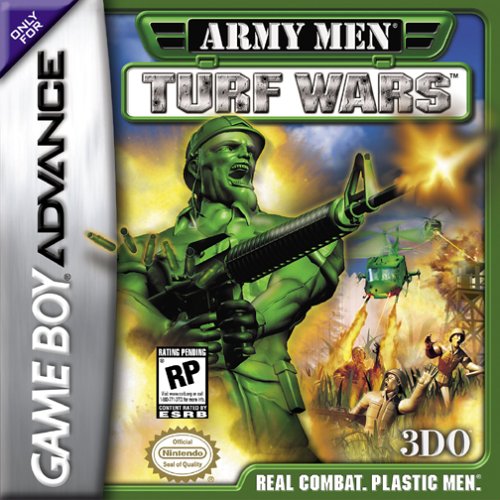
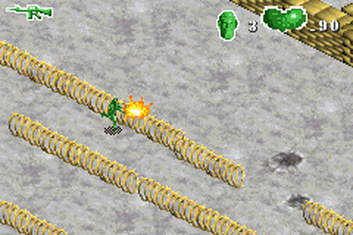
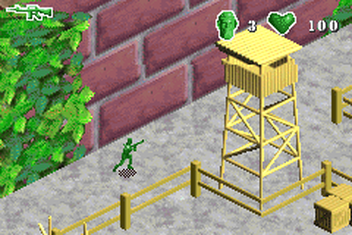

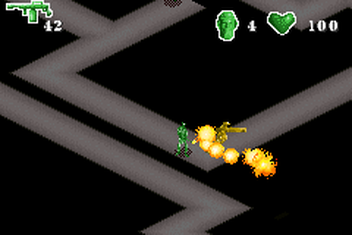
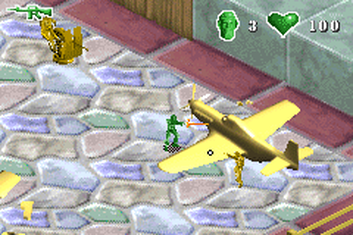
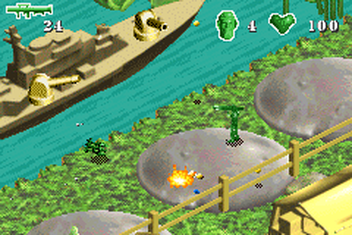
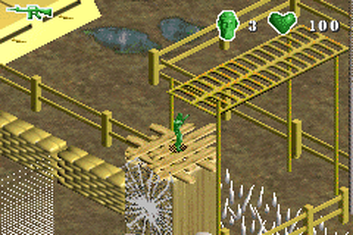
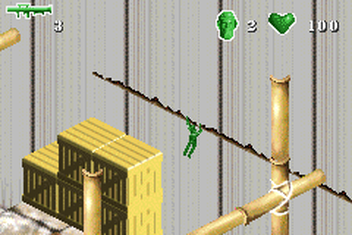
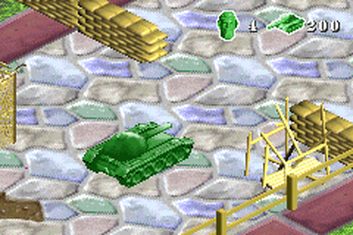
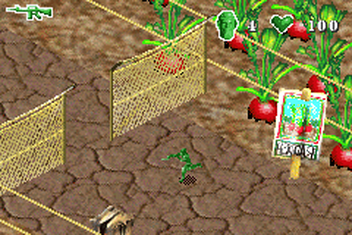
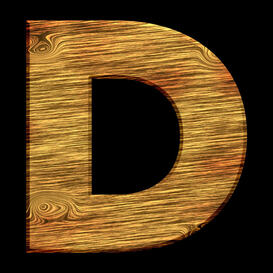
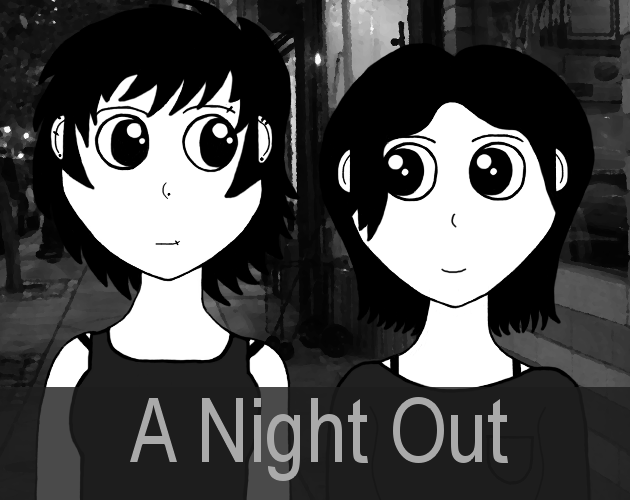
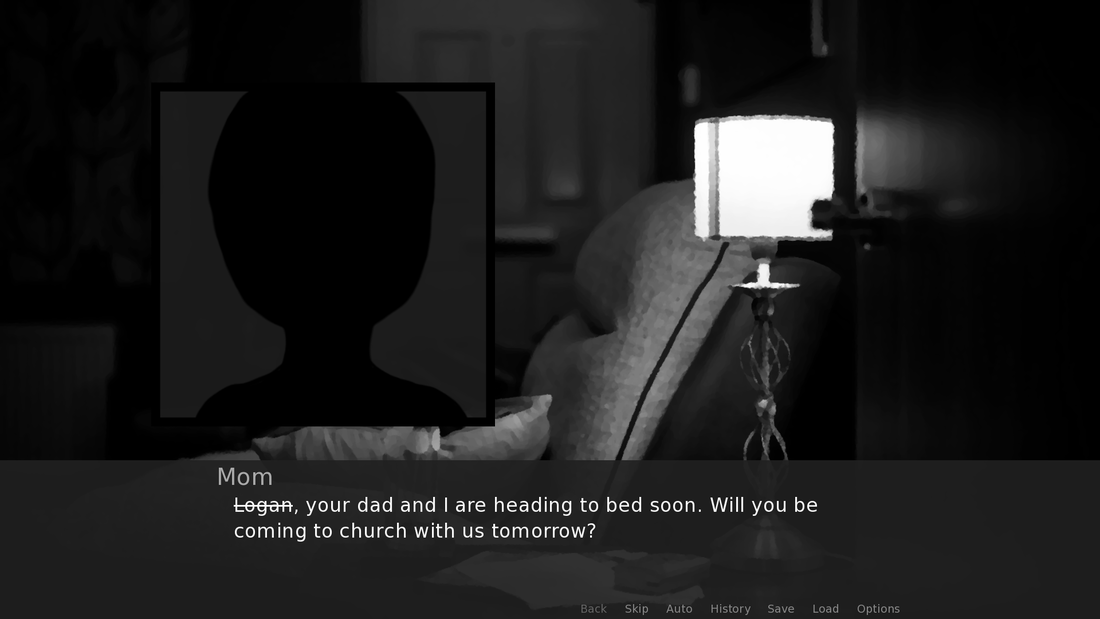
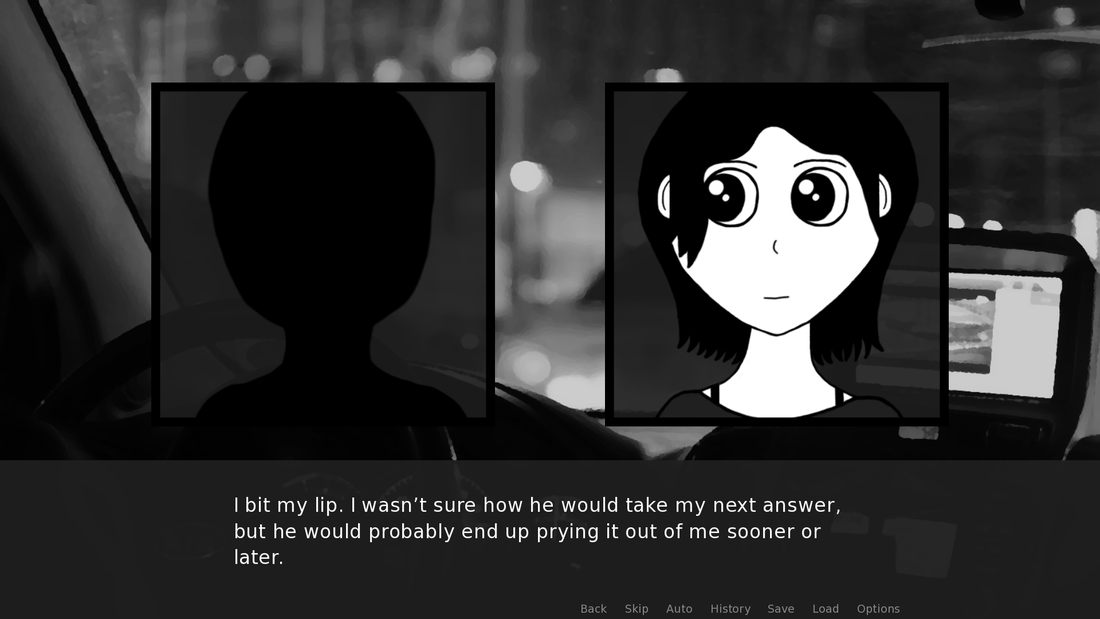
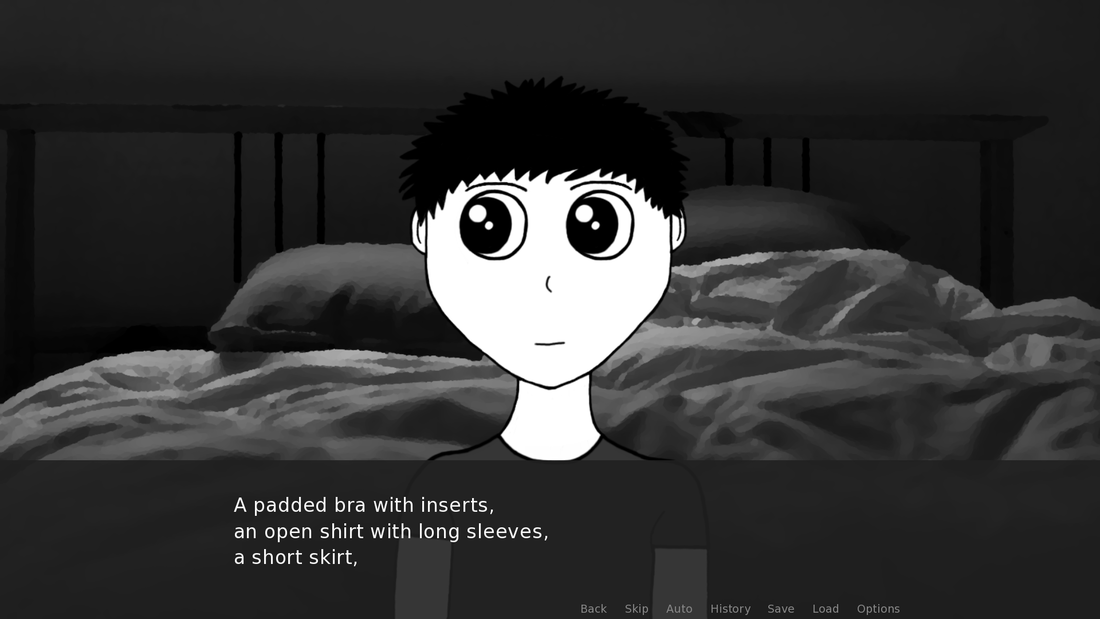
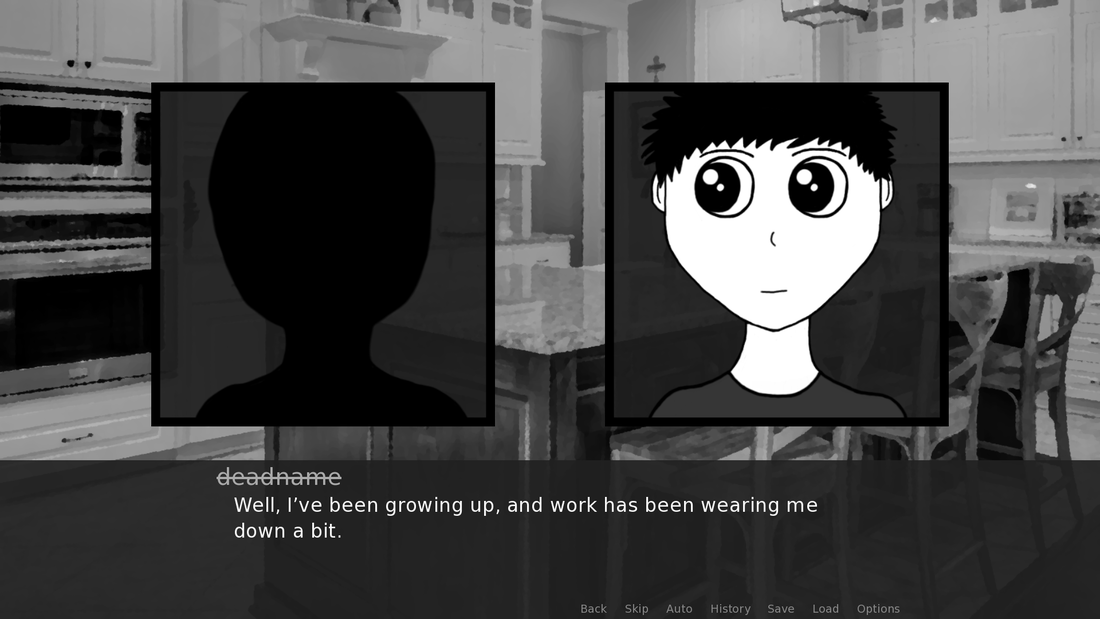

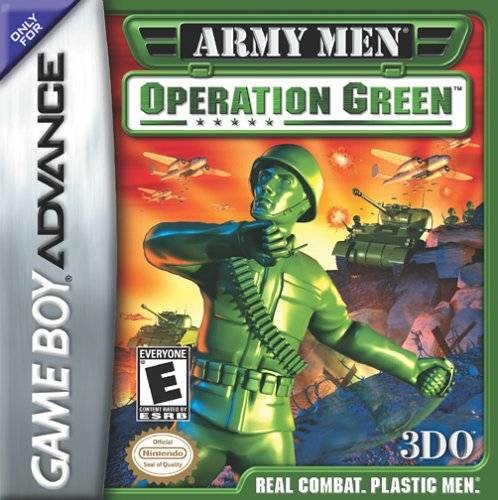
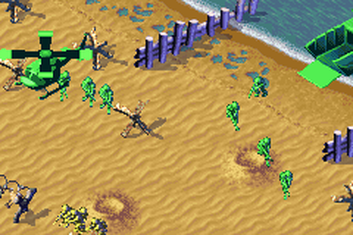
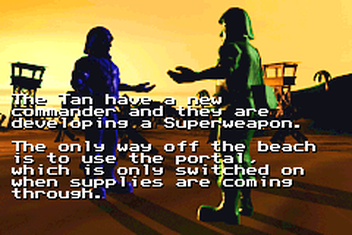
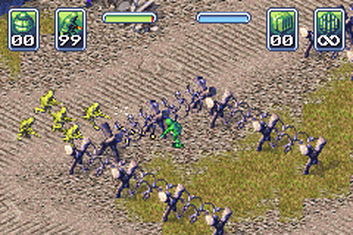
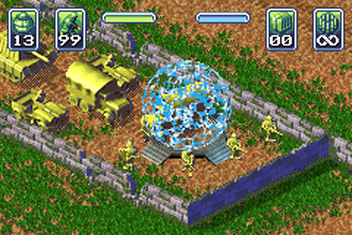
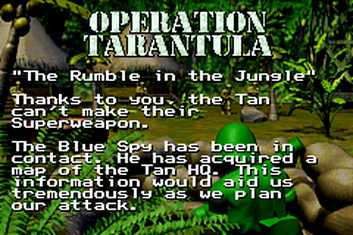
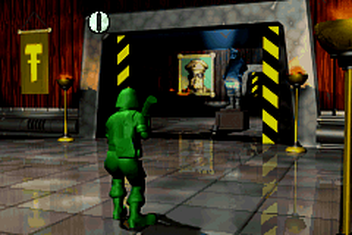
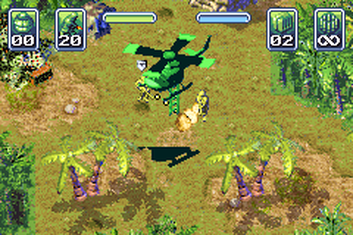
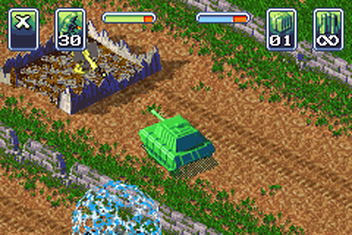
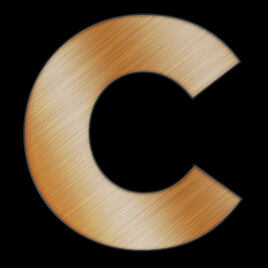
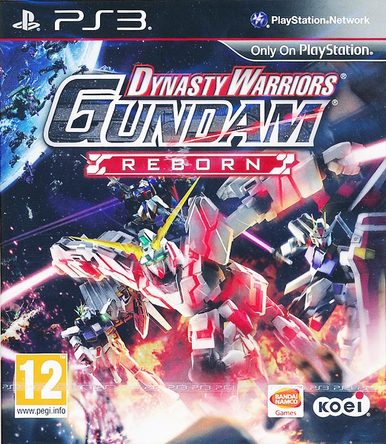
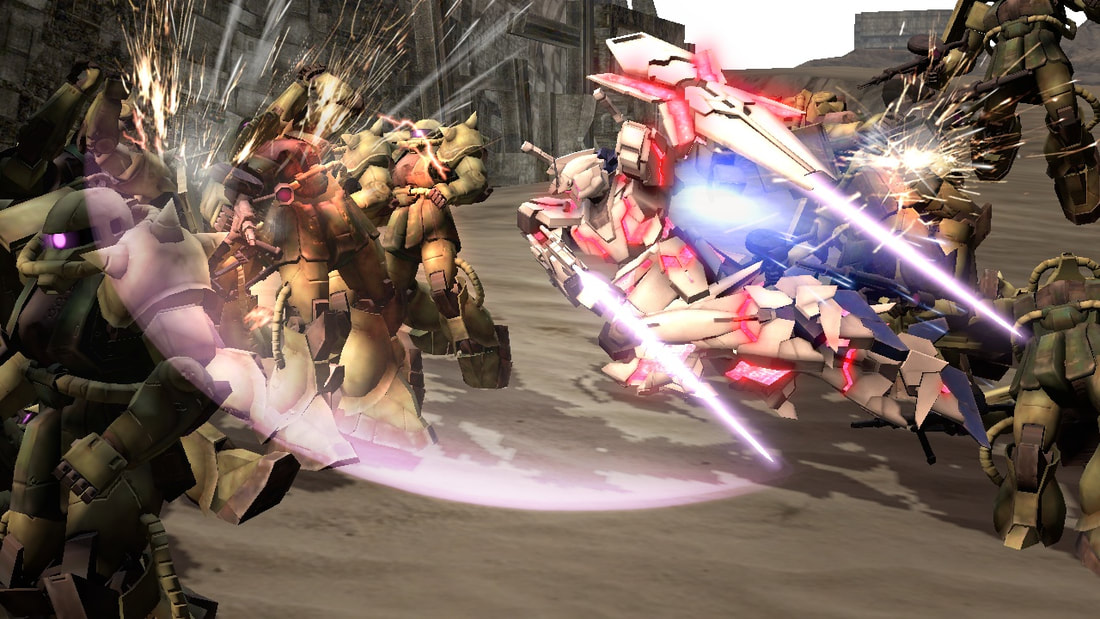
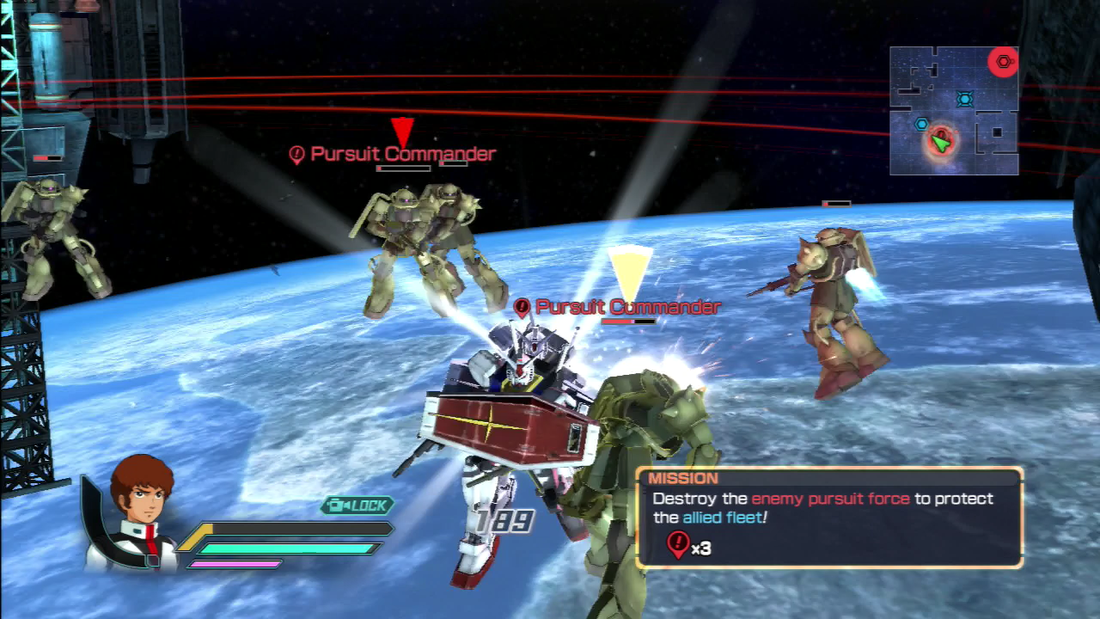


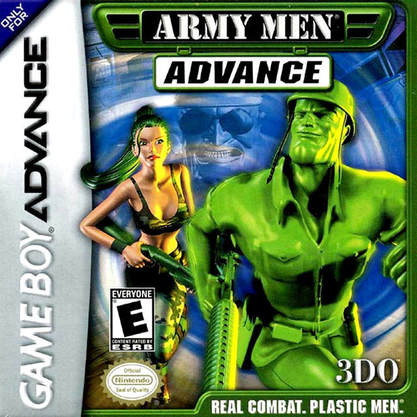
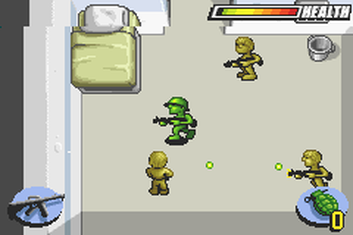
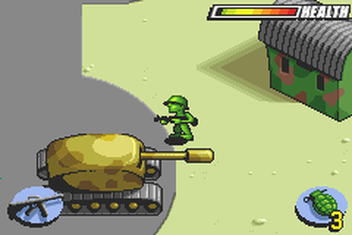
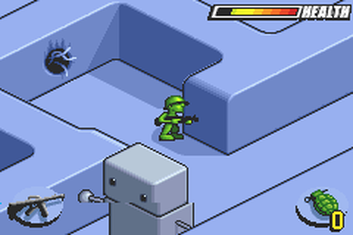
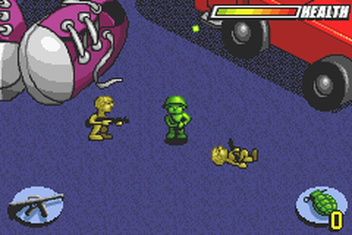
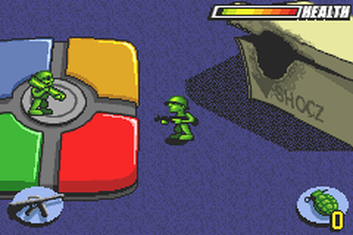
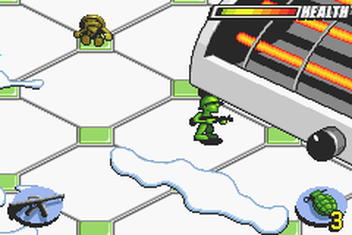

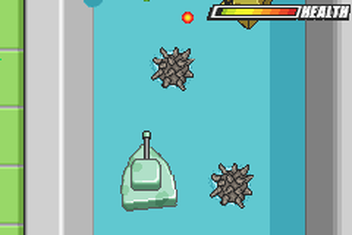
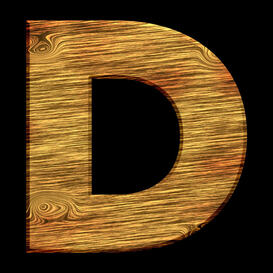

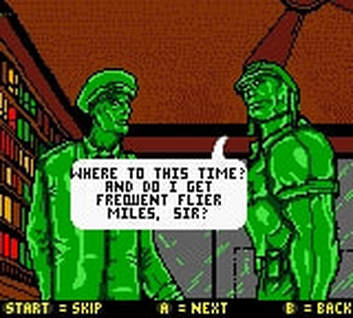
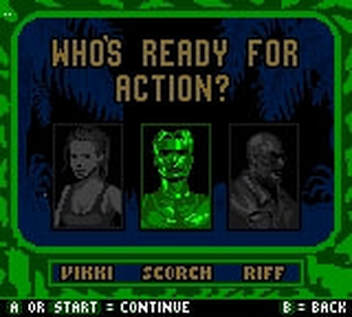
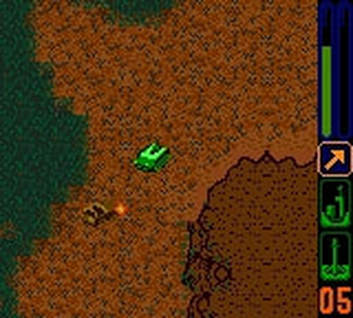
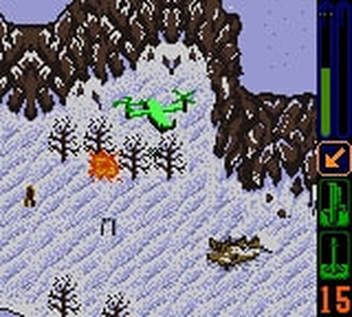
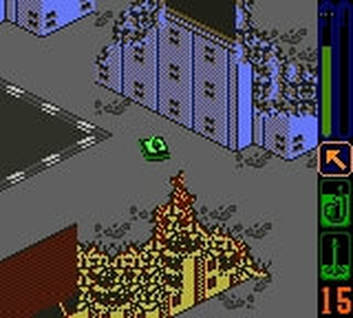
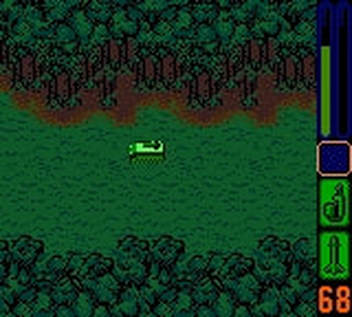
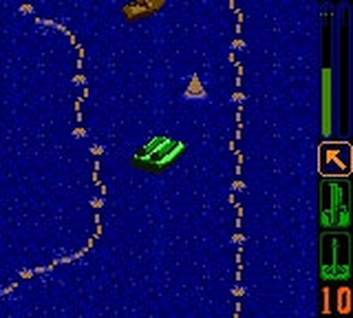
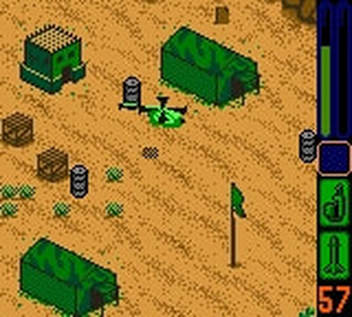
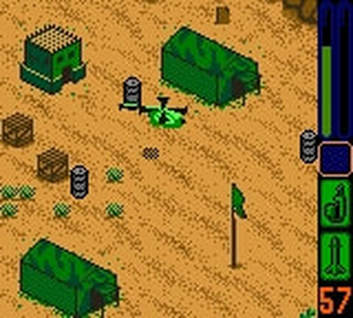
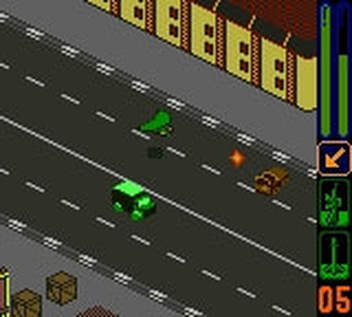
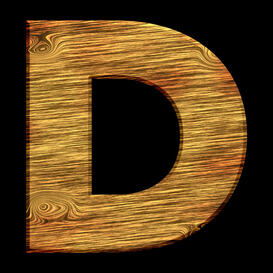
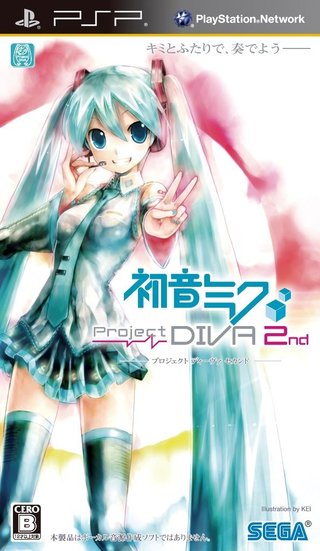
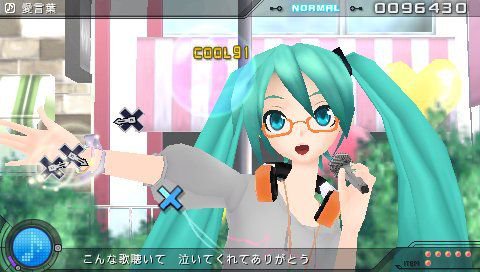
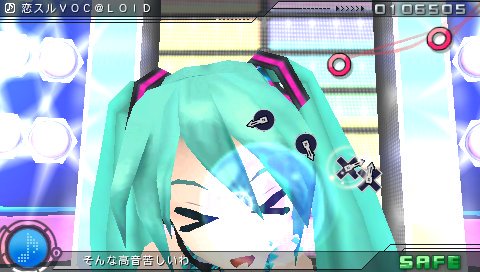
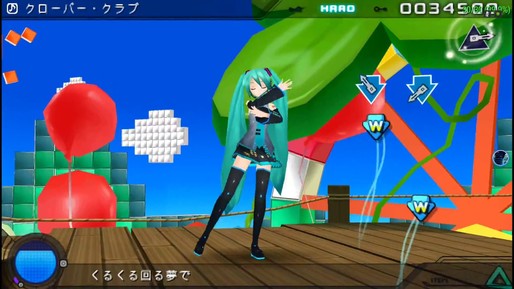

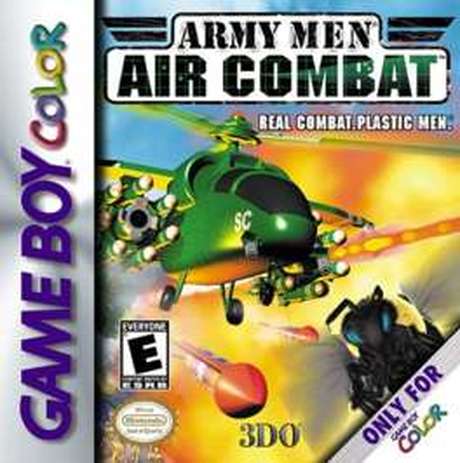

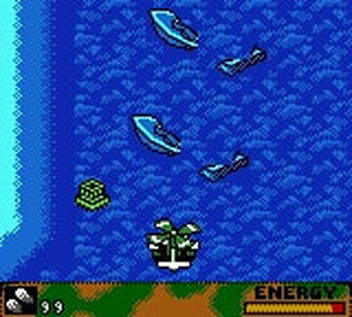
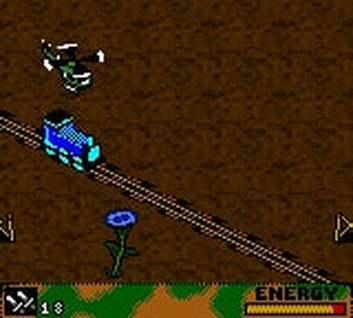

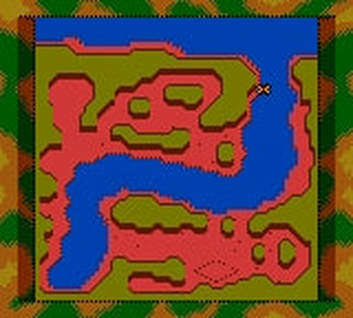

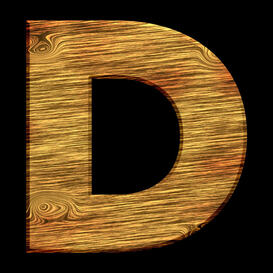
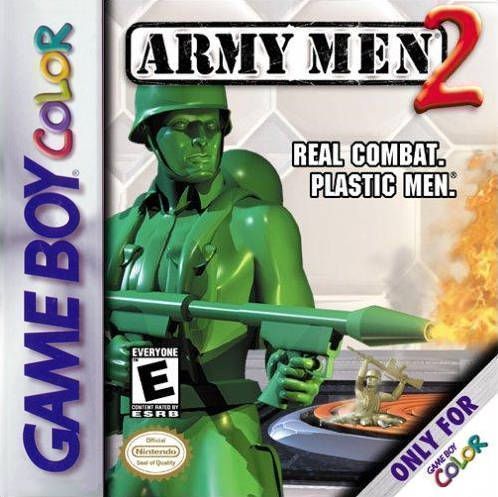
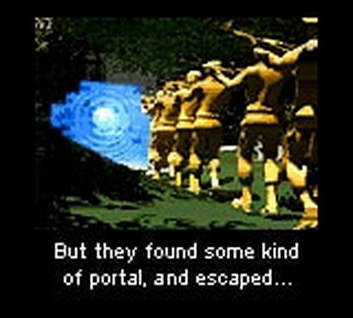
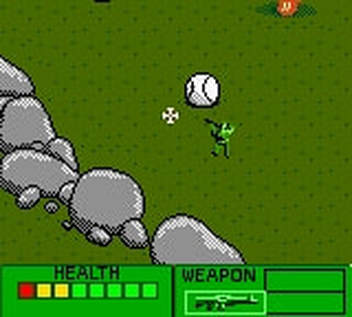
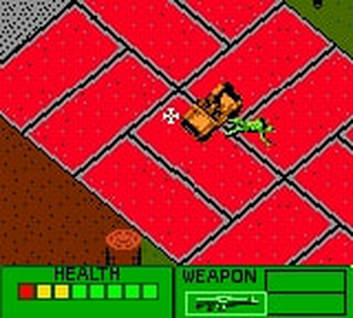
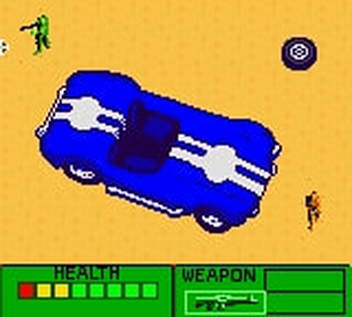
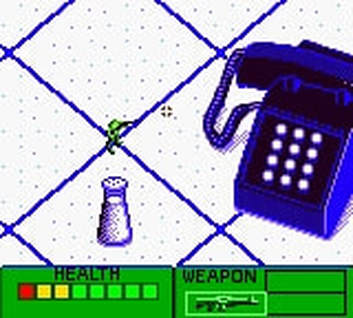
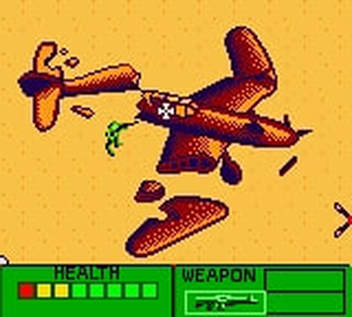
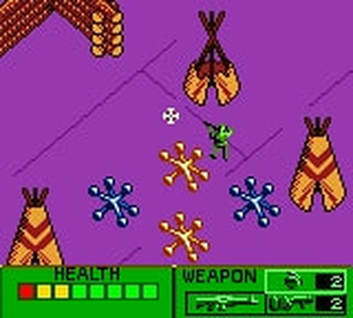
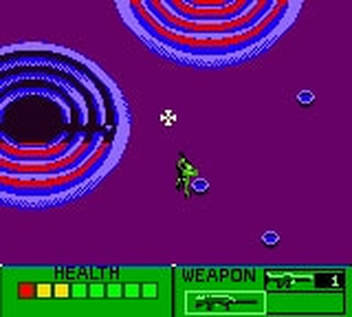
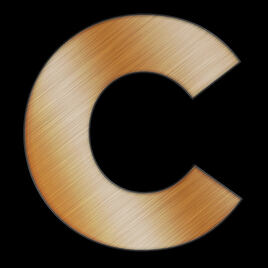
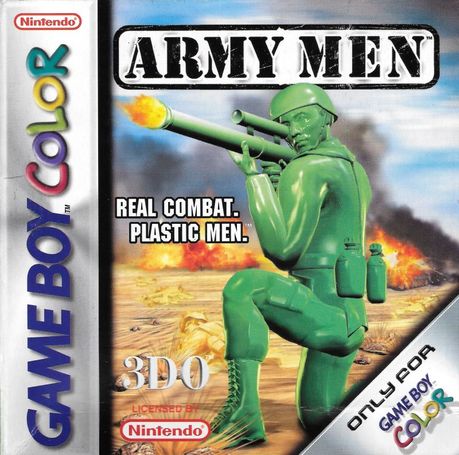
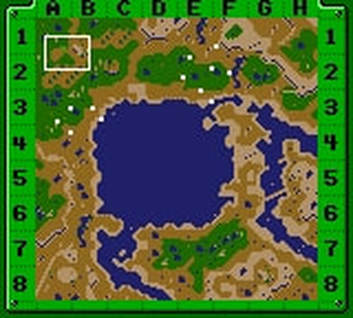
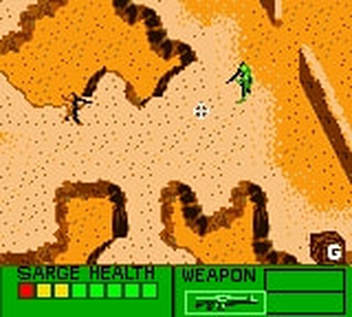
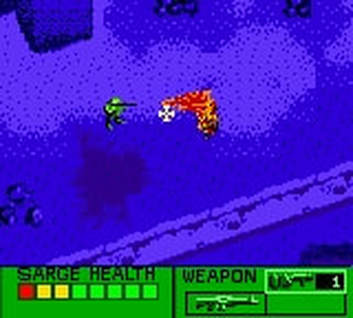
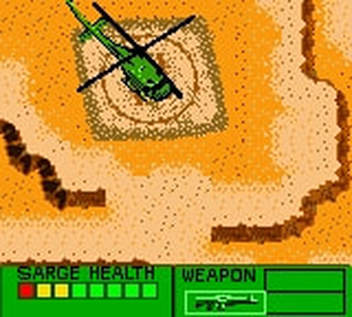
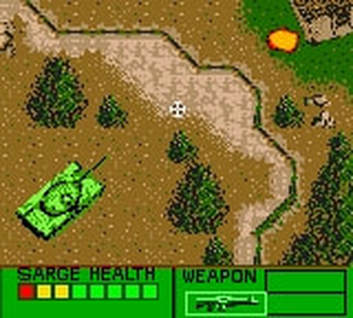
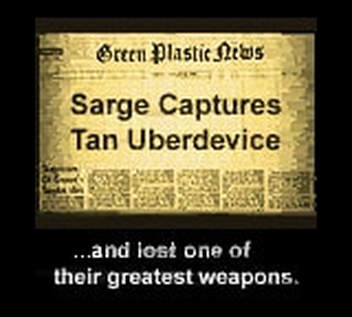
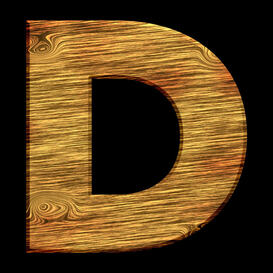
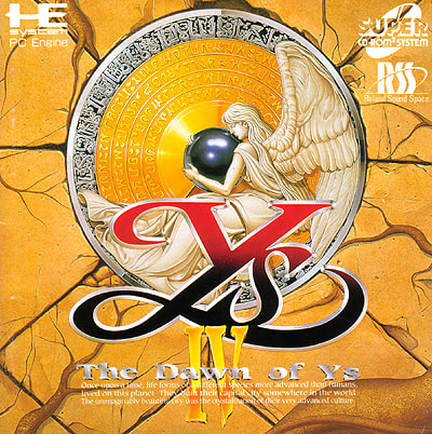
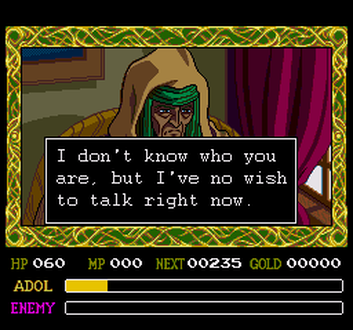

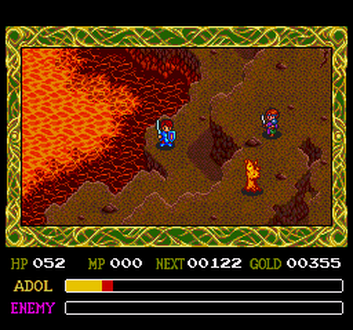
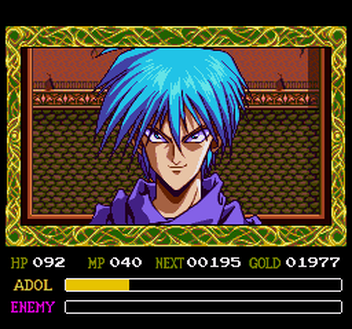
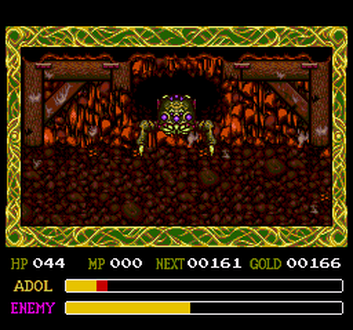
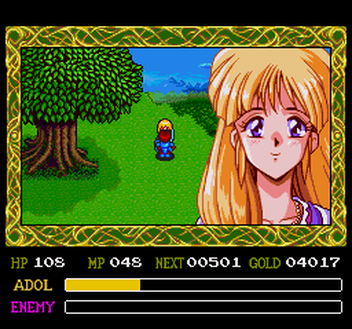
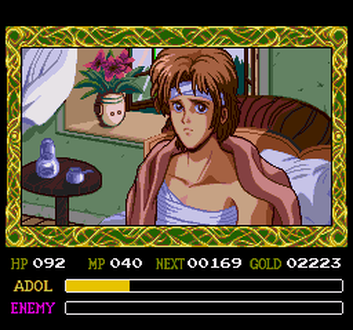
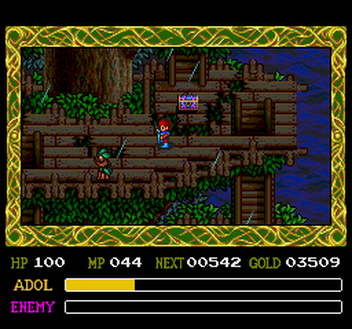
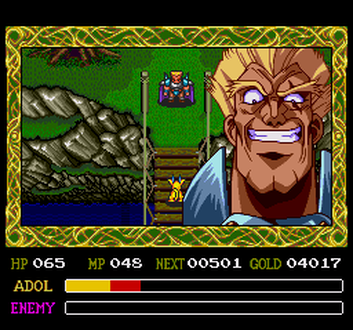
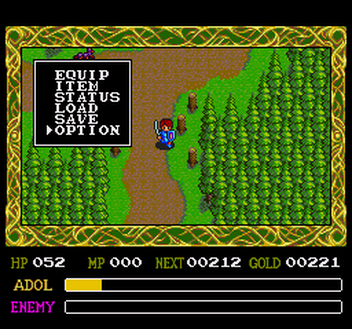

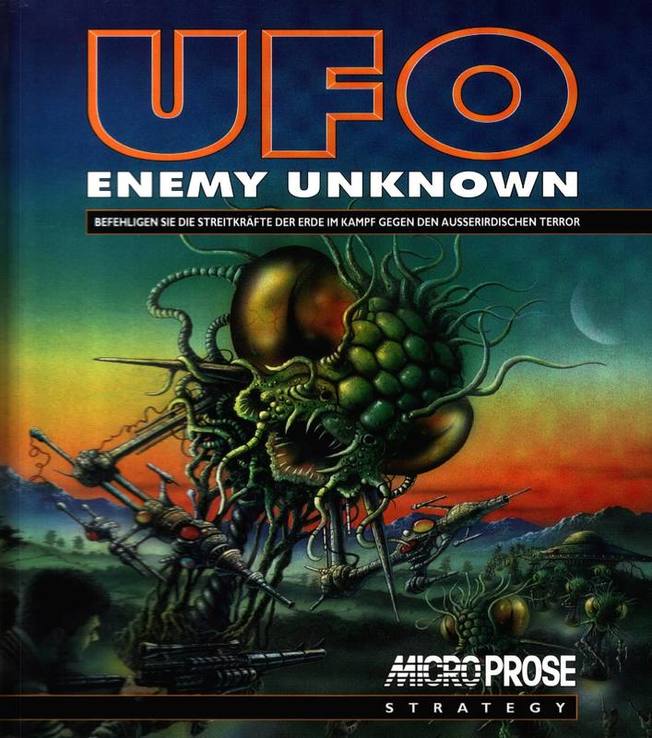
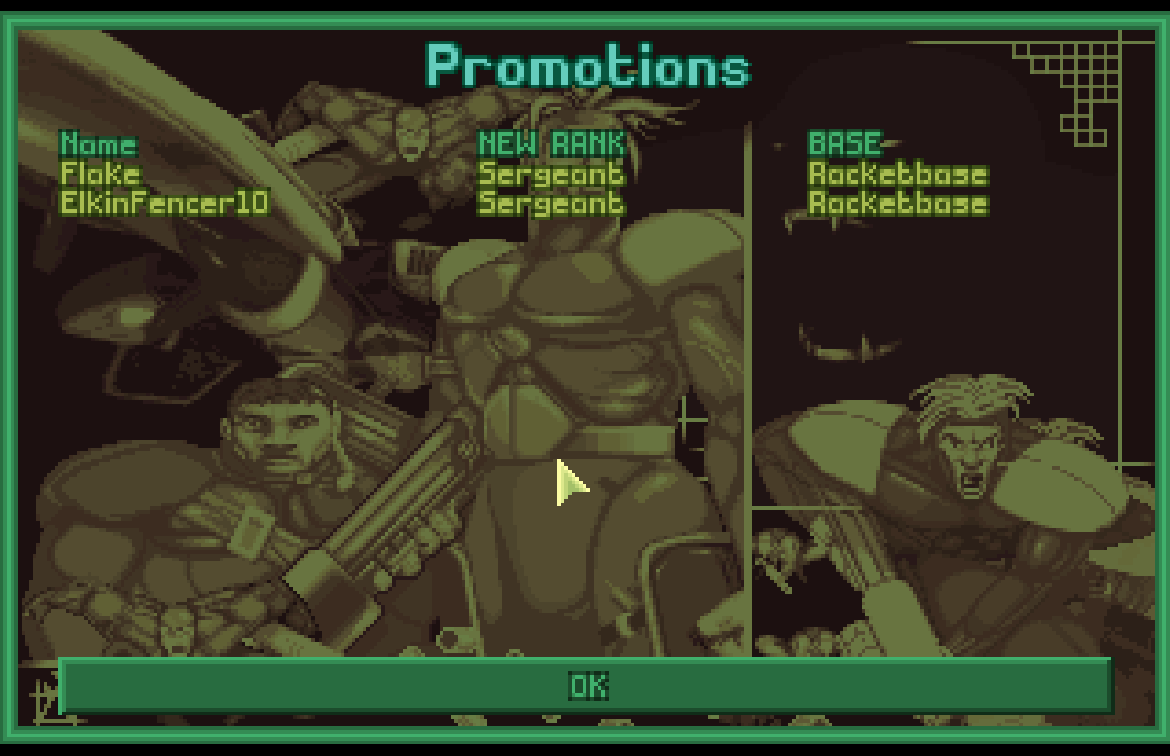
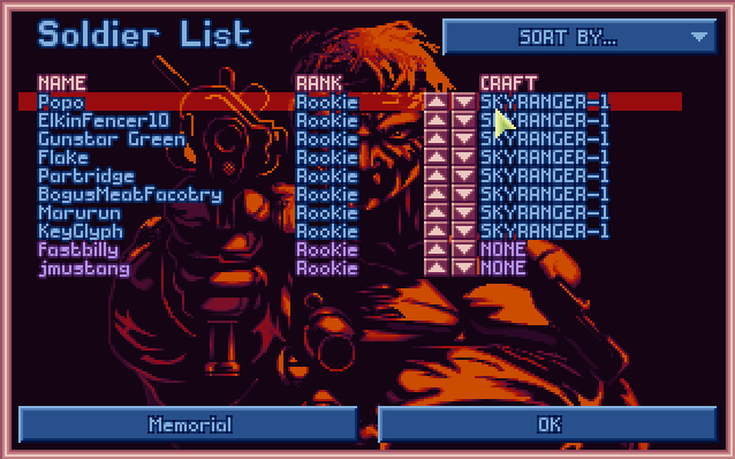

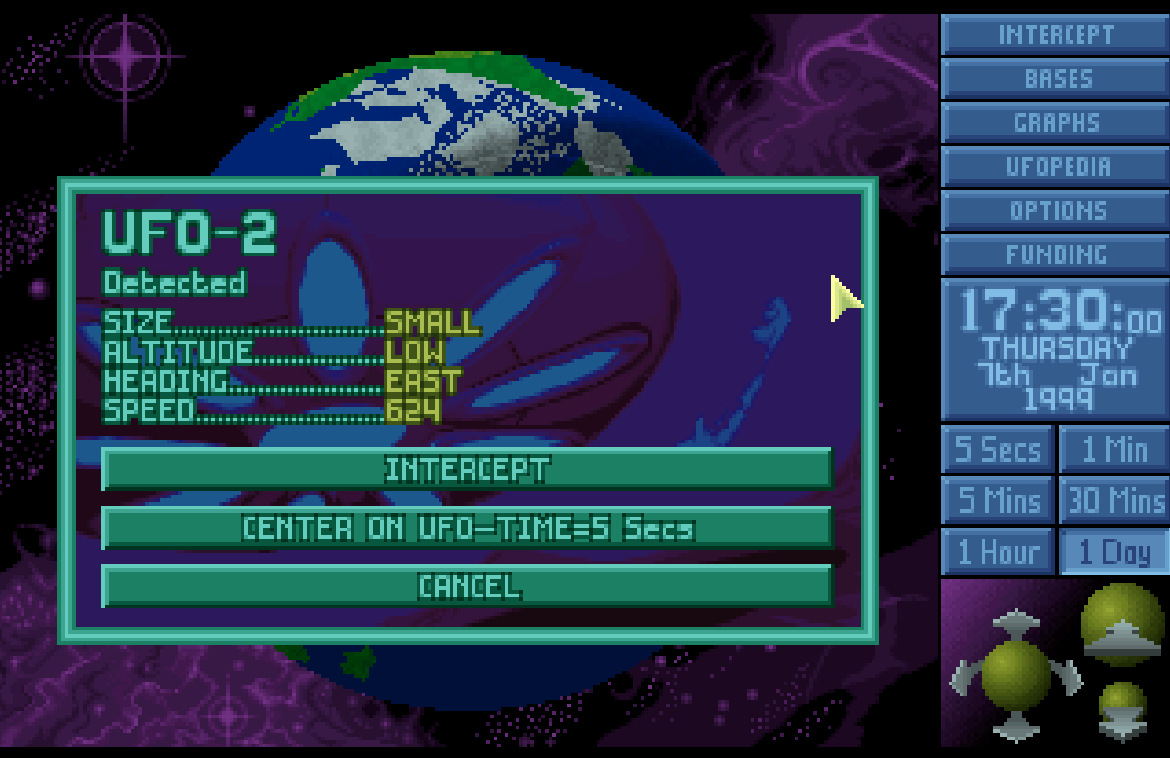

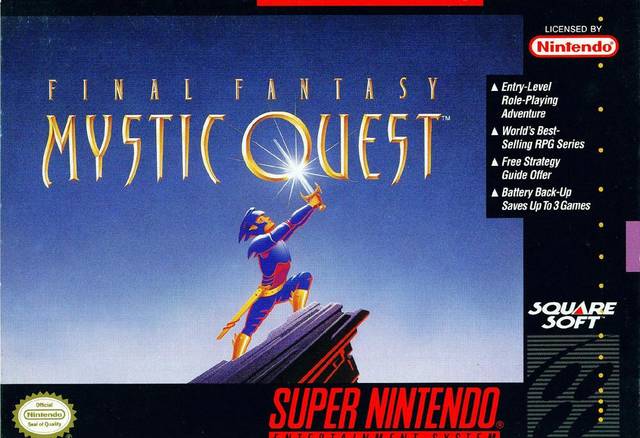
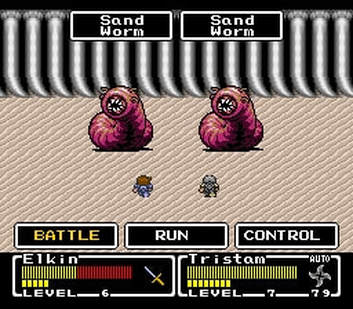
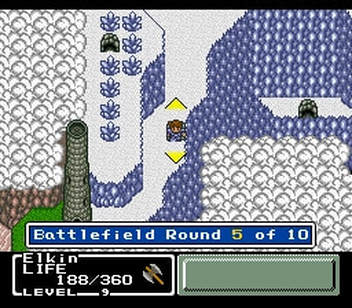
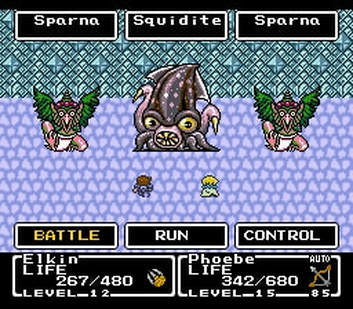
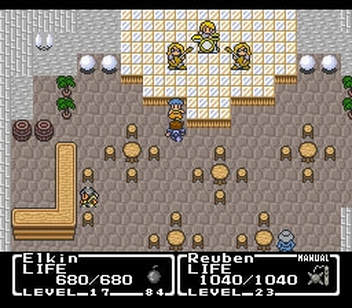
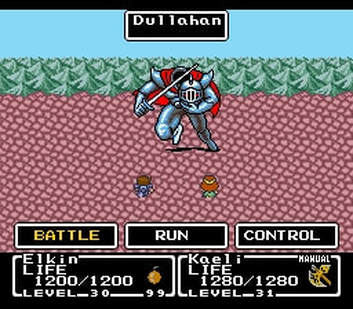
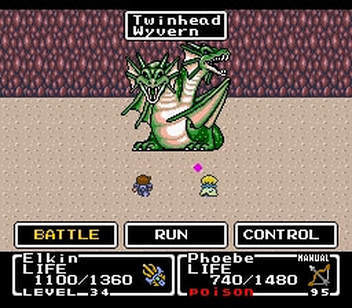
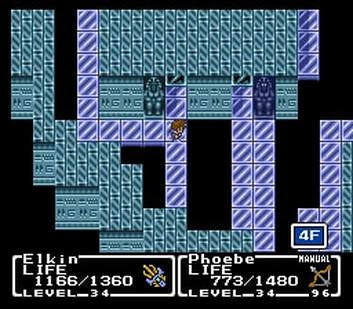
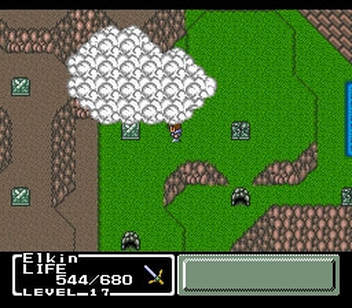
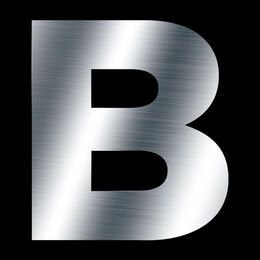
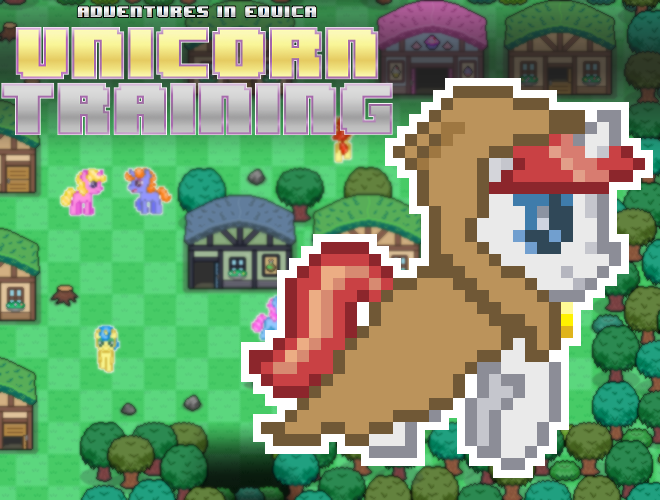

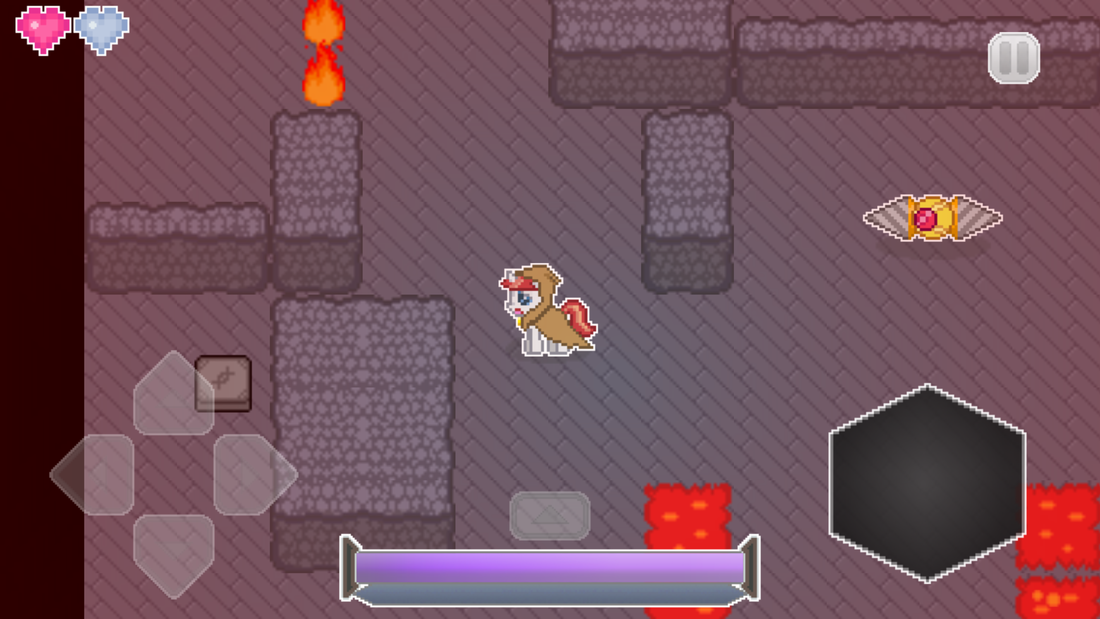
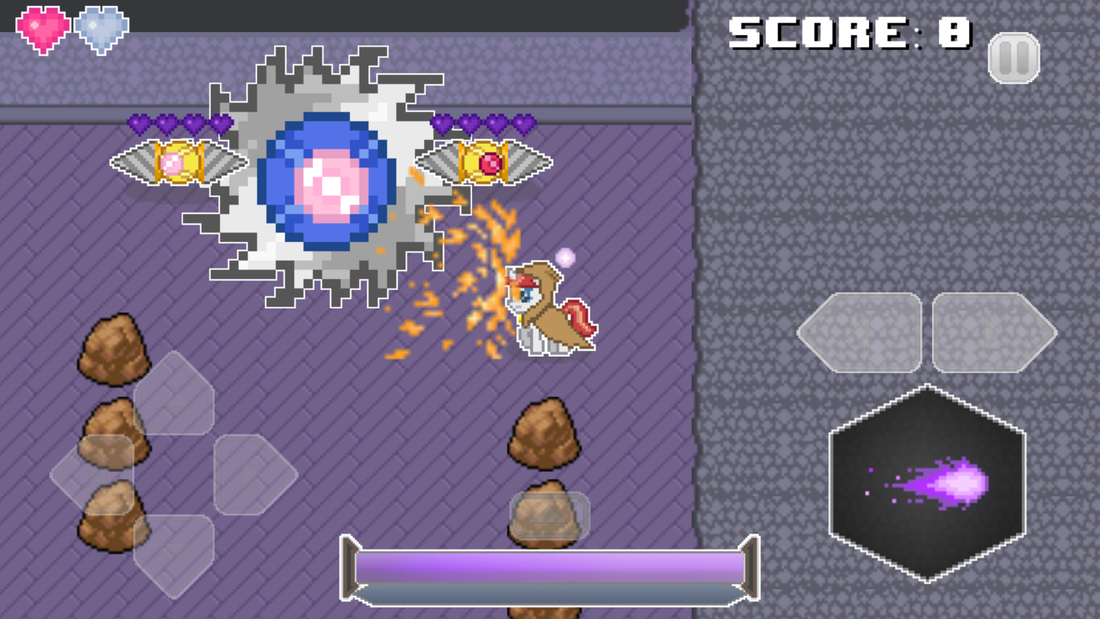
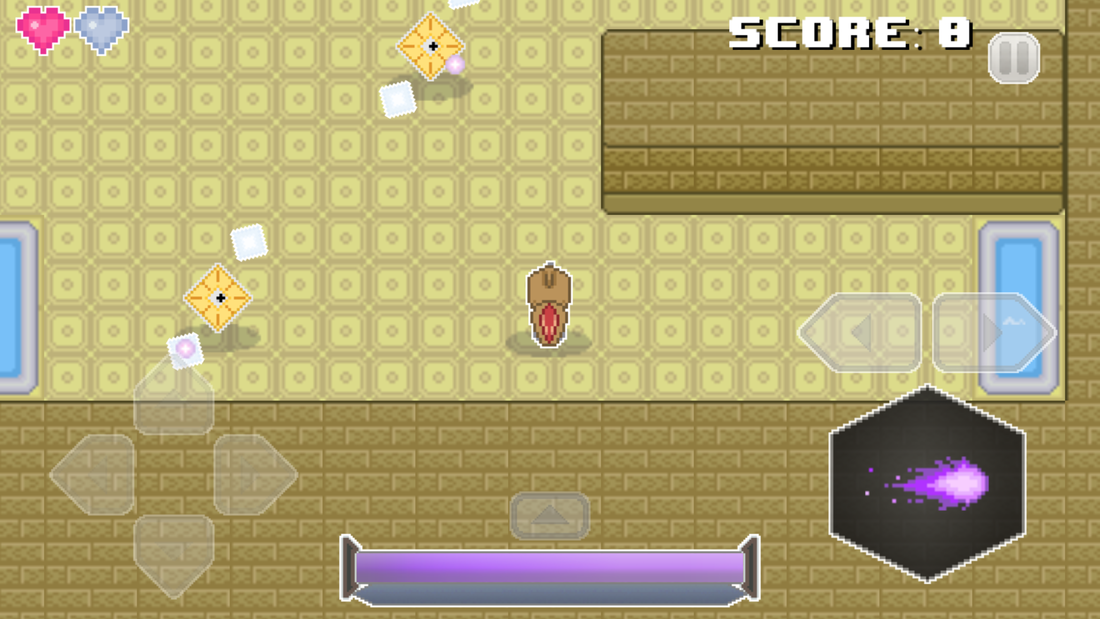
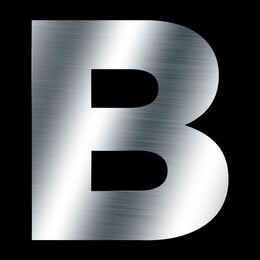
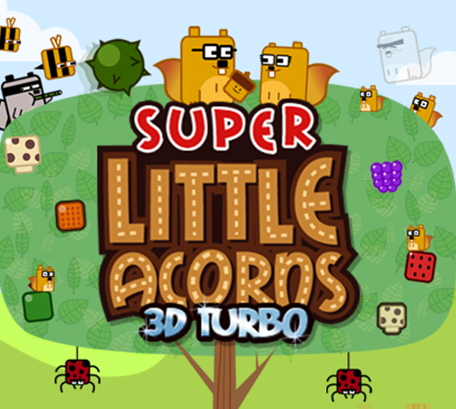


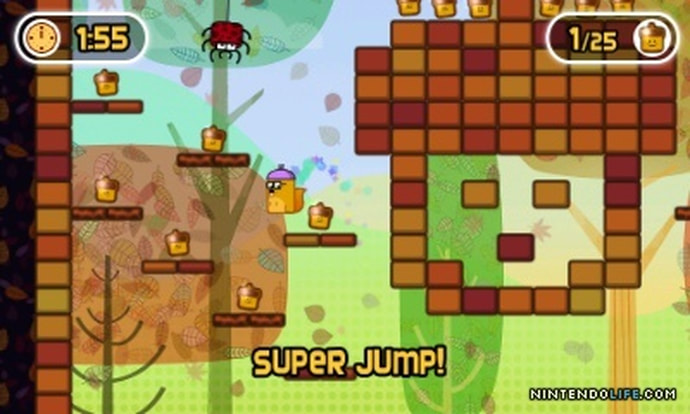
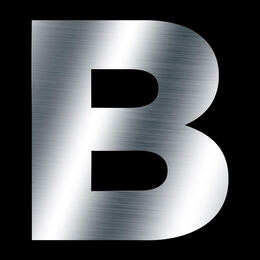
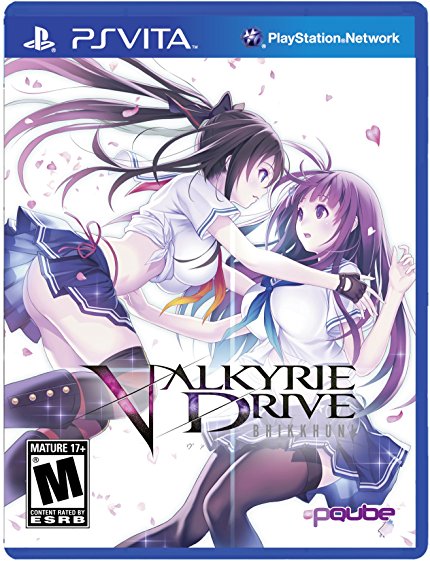
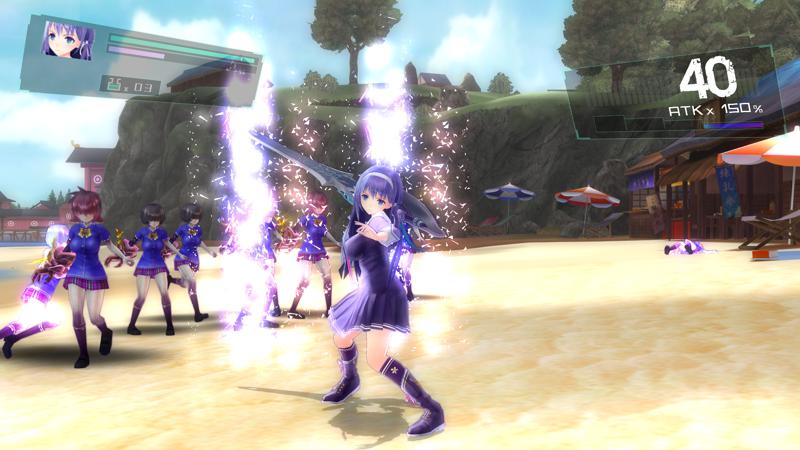
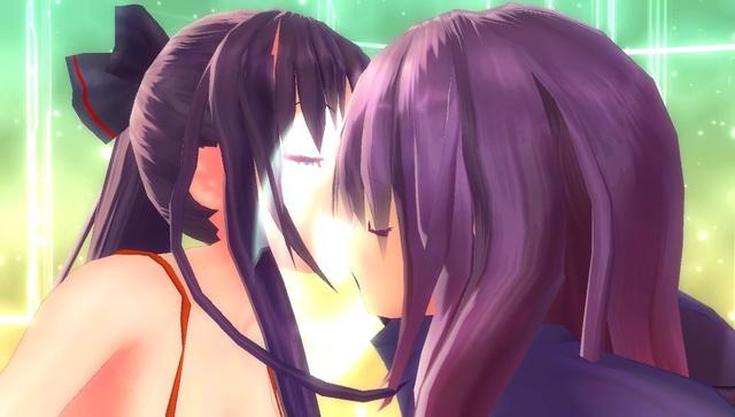
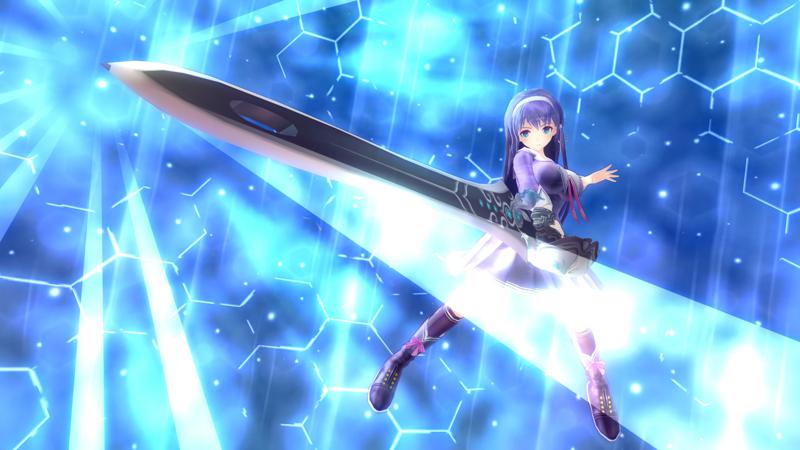
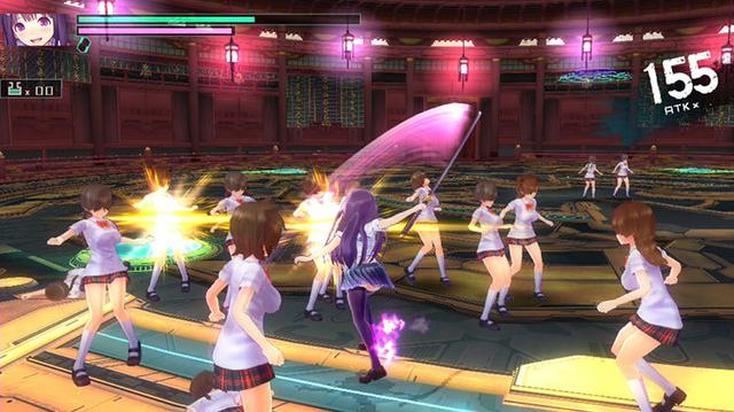
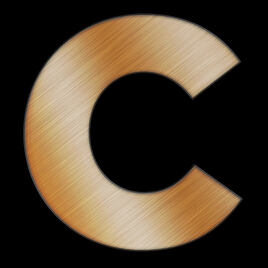
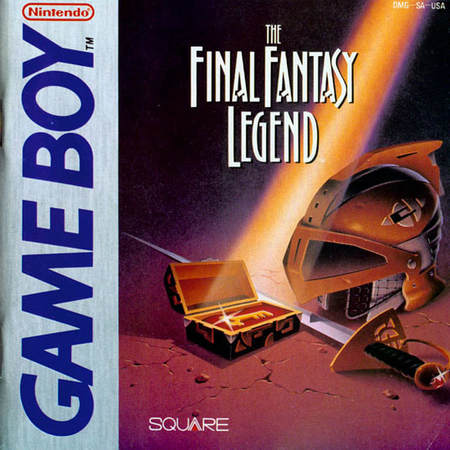
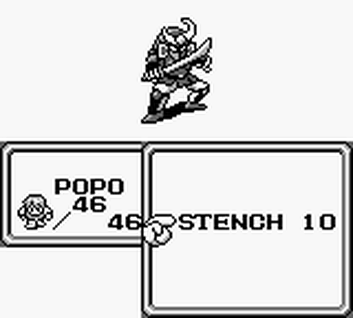
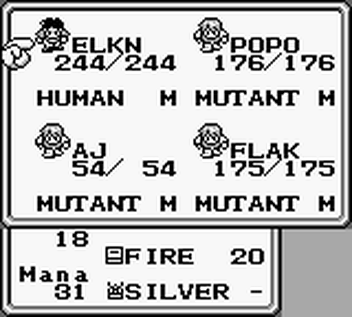
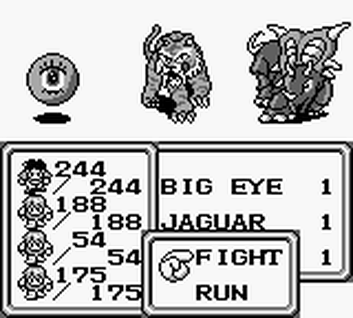
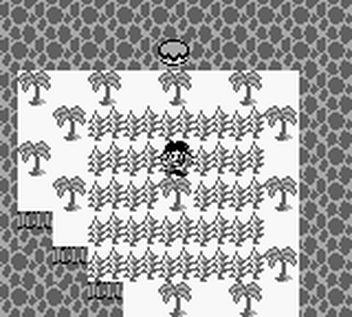
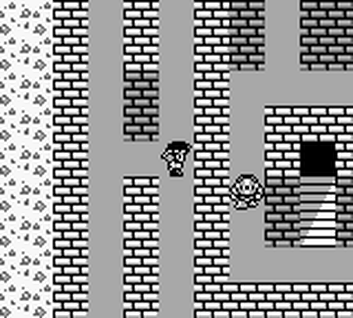
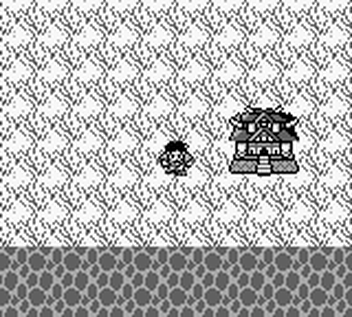
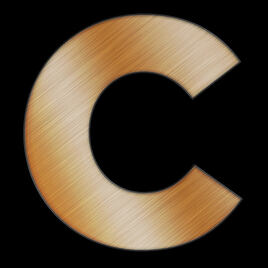
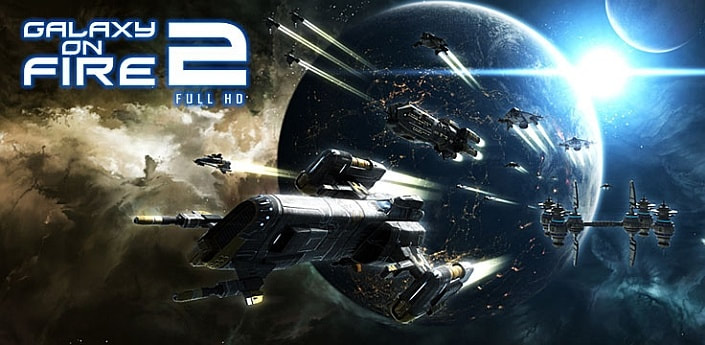
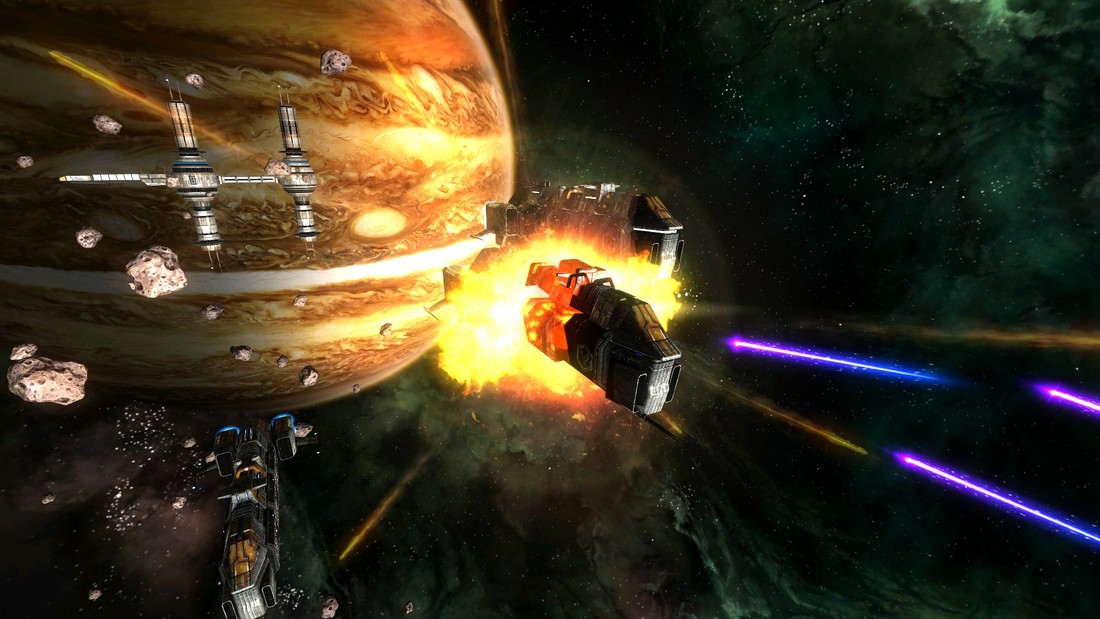
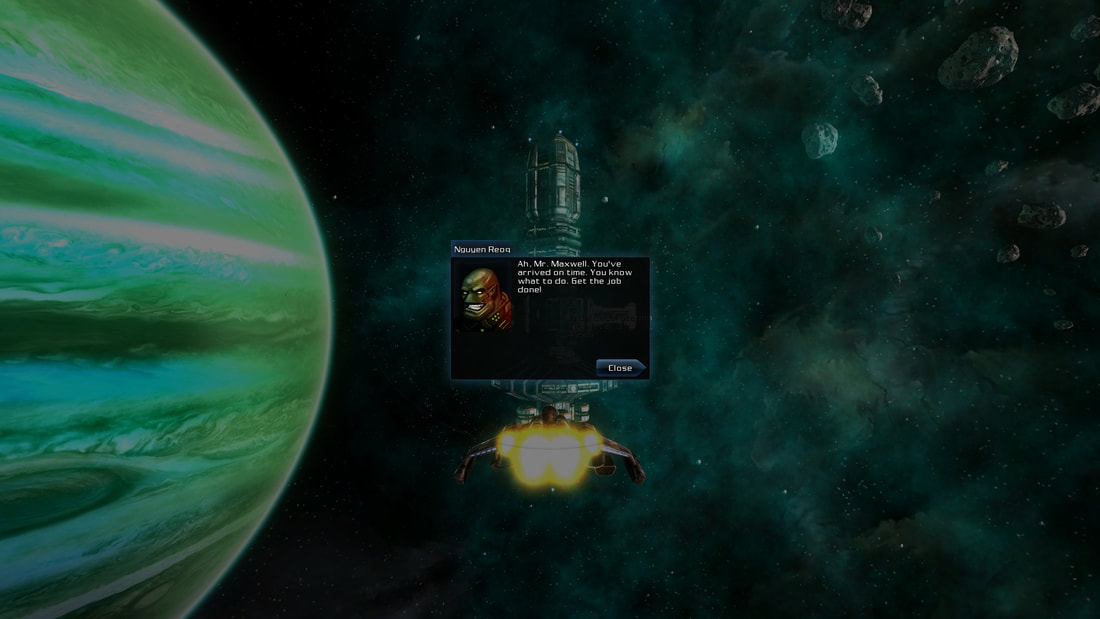
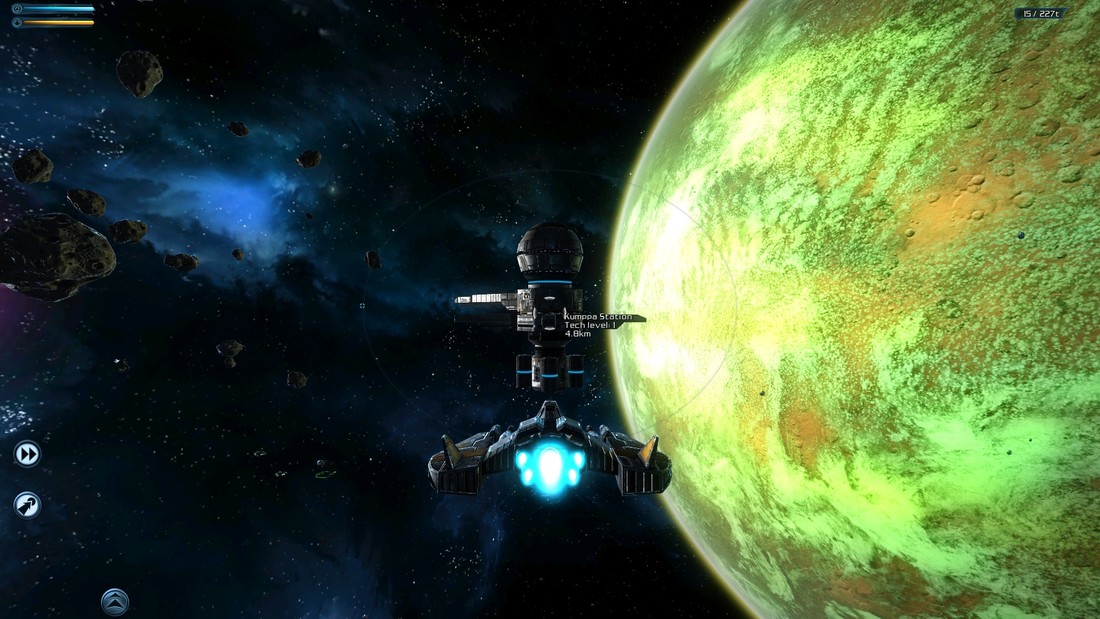
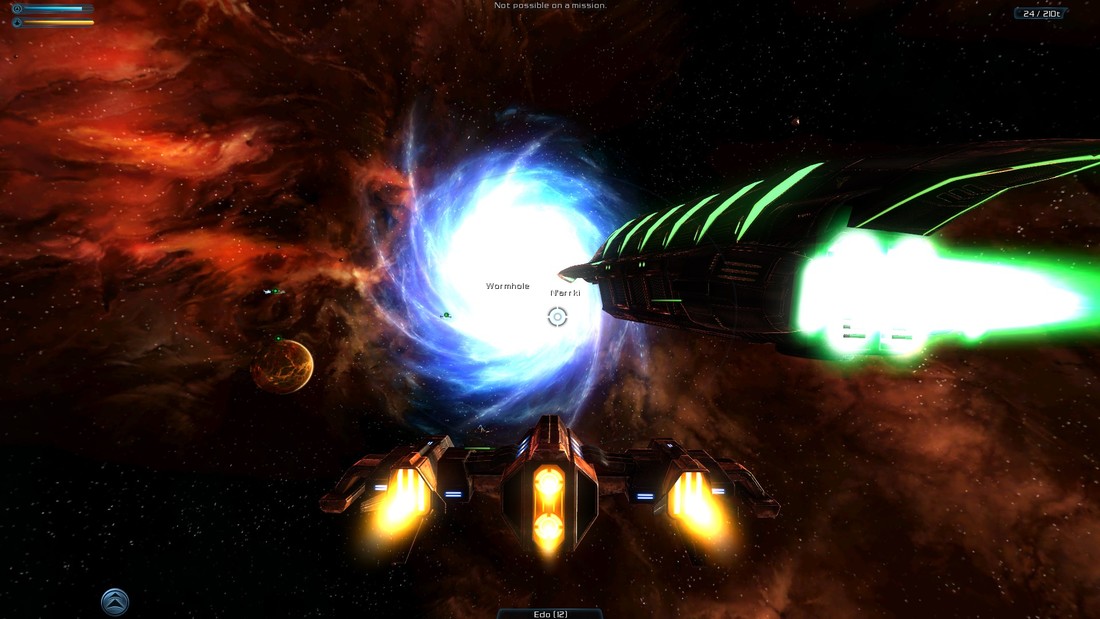
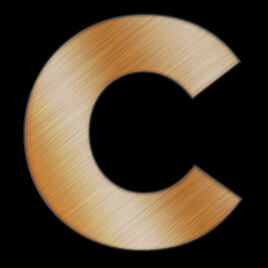
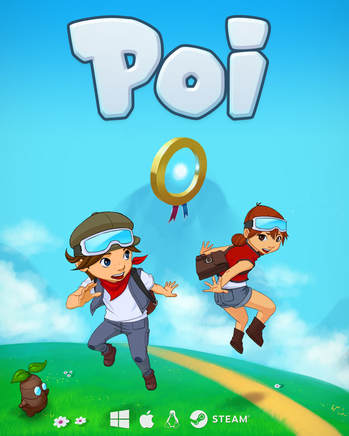
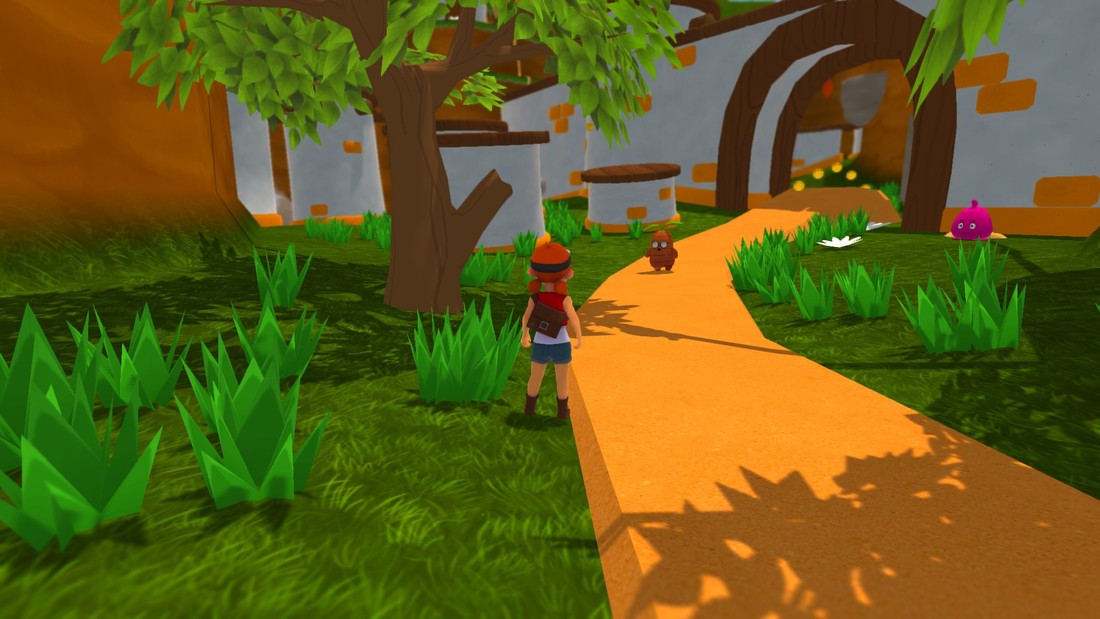
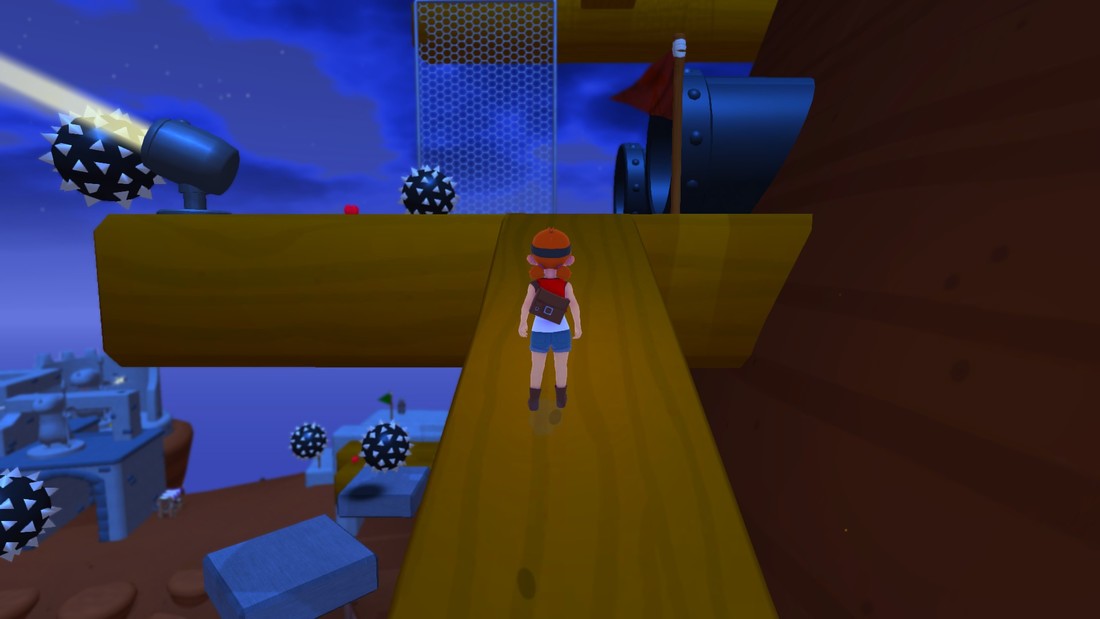
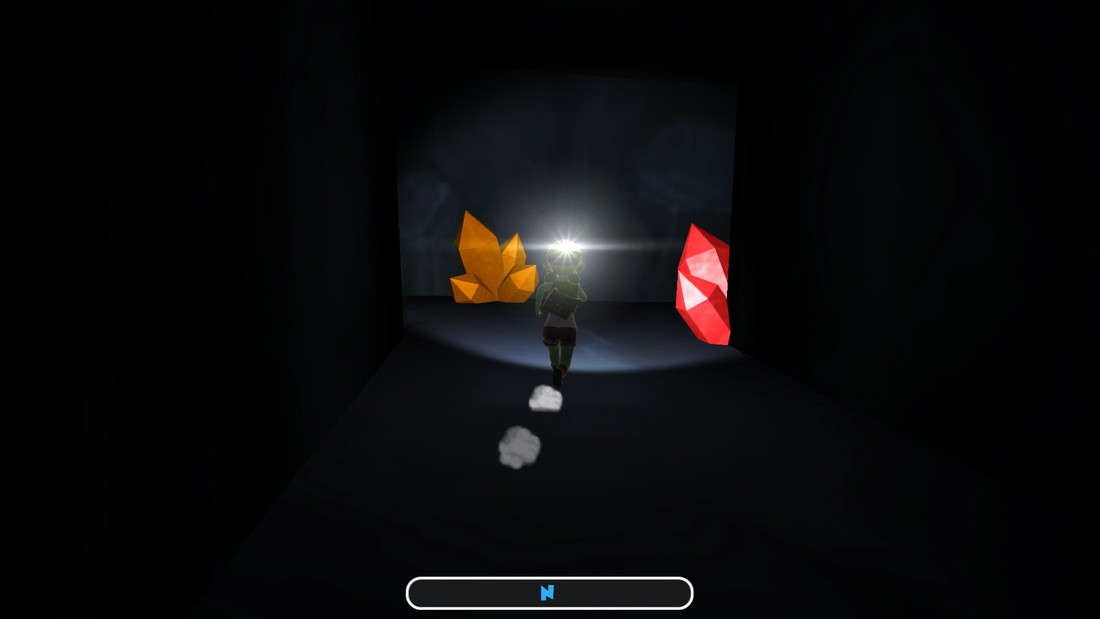
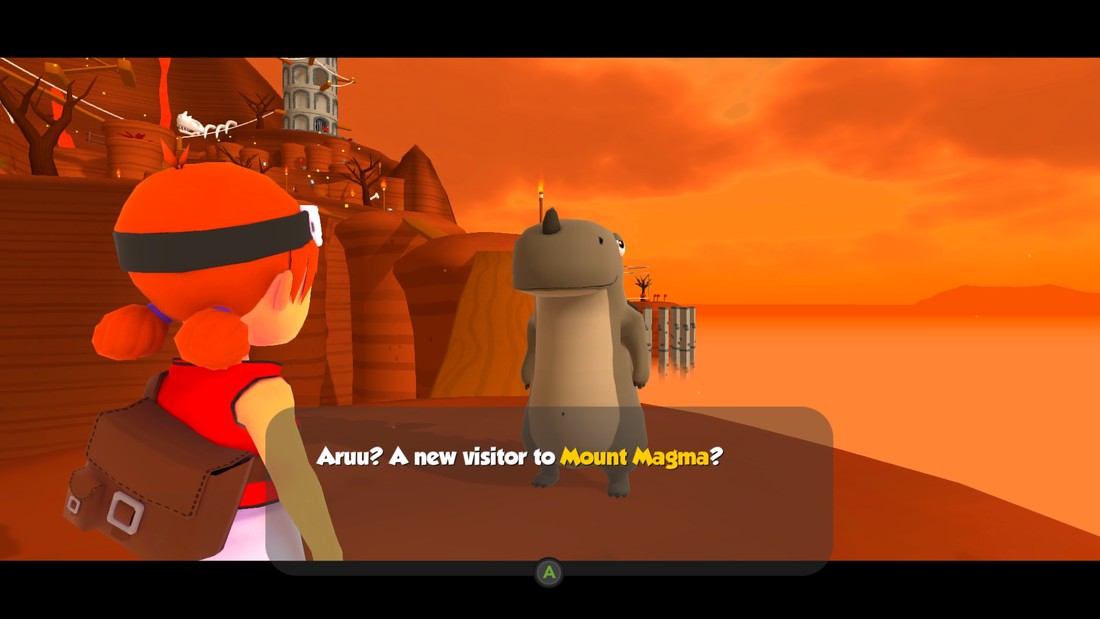
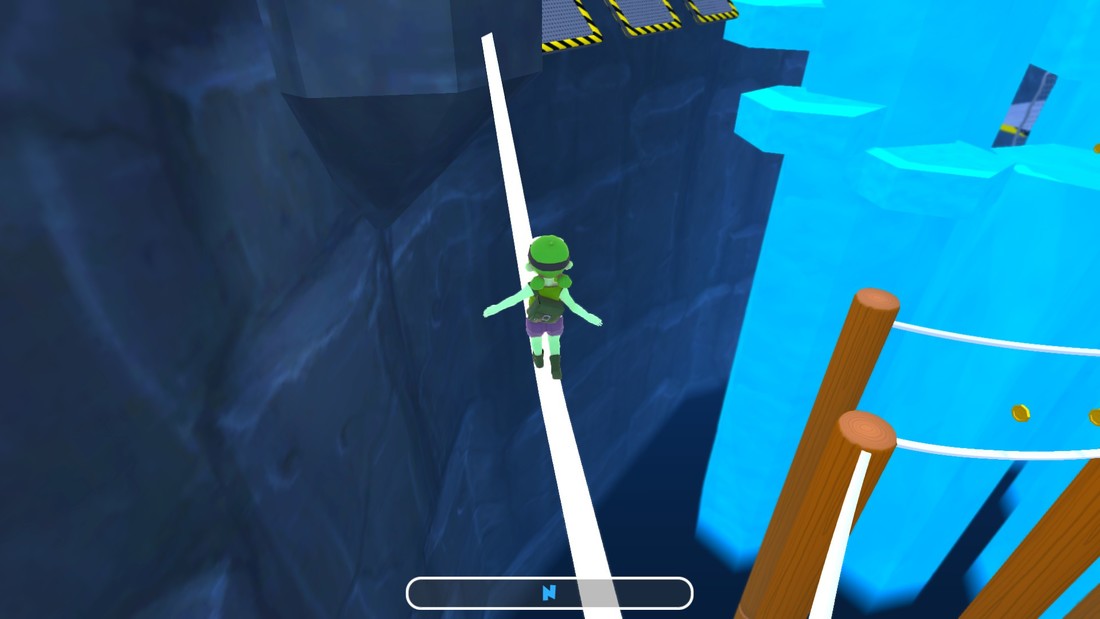

 RSS Feed
RSS Feed
